Leica M EV1: two-minute review
The Leica M EV1 concept is polarizing: strip out the optical rangefinder that Leica M cameras have been famed for for over 70 years, and replace it with an electronic viewfinder (EVF).
You'd think the whole experience of taking photos with the M EV1 would be wildly different – but in fact, in many ways it isn't.
Technically speaking, the Leica M EV1 shares many similarities with the Leica M11 / M11-P and Leica Q3 / Q3 43) – all use Leica's 60MP full-frame sensor, which delivers the most detailed photos among full-frame cameras.
Like a Leica Q3 / Q3 43 premium compact but with Leica's M mount, the new EV1 felt pretty intuitive to me straight away, as I've used other Leica M series and Leica Q series cameras extensively.
I can see the appeal for many Leica fans already in camp M EV1 – it has useful elements of Leica's Q series (minus autofocus, tilt screen and video recording), combined with the versatility of the Leica M mount and a wide choice of lenses. The best of both worlds, then.
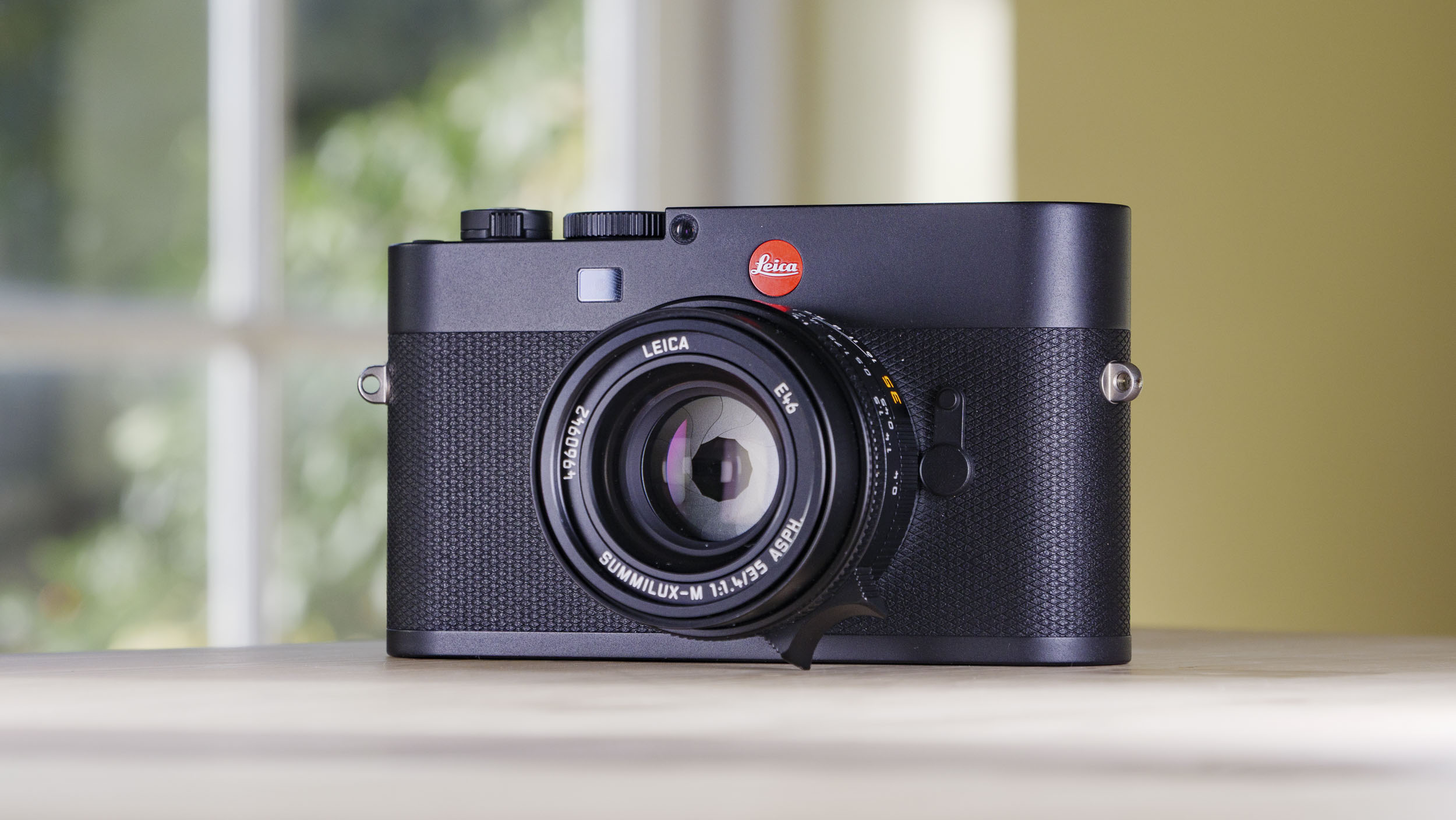
On the plus side, the EVF offers focus peaking, which is an extremely useful visual aid for manual focusing; trust me, it will increase your percentage of sharp shots compared to being guided by Leica's optical rangefinder, at least when you're manually focusing in the moment, rather than sticking to a set focus distance as some street photographers do.
Build-wise, there's greater similarity with the M11 – not just the M mount and interchangeable lenses, but also the control layout and fixed rear screen, although I'd rather have more Q3 attributes in the design.
For me, the Q3’s tilt screen is super-useful – I generally find myself switching between the viewfinder and rear screen, and I enjoy waist-level shooting for street photography, for which a tilt screen is hugely useful.
That meant I used the 5.76m-dot viewfinder more often with the EV1, and thankfully it works a treat. Rangefinder-style cameras like the EV1 are fairly inconspicuous too, making them ideal for street photography.
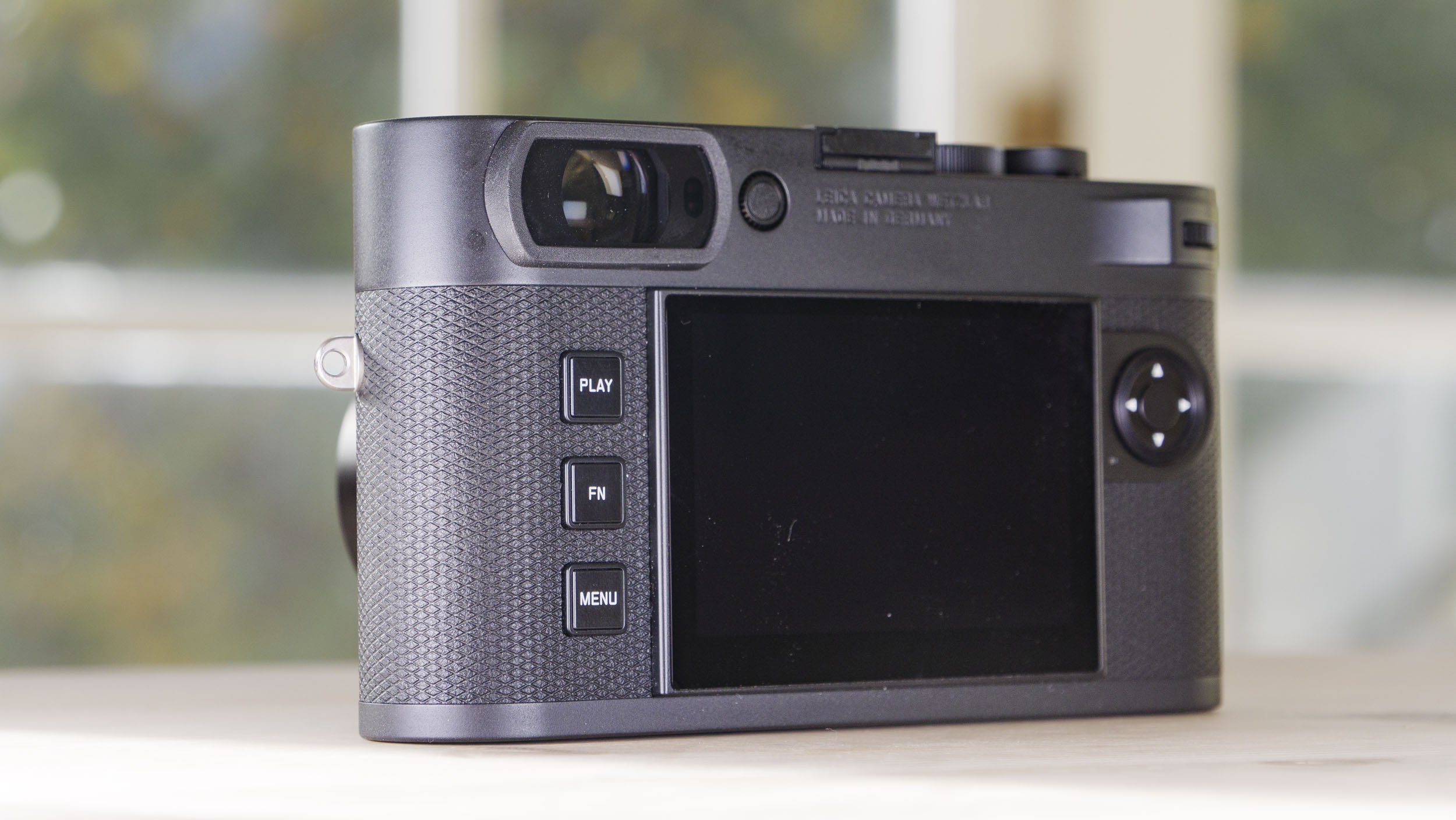
All that said, as a package the M EV1 makes less sense. Sure, it costs less than the M11, but it costs more than the Q3, which is much more camera, with its built-in lens, autofocus, tilt screen and video recording. It's a natural comparison when you take the optical rangefinder out of the equation.
The M EV1 makes sense in some ways, especially if you already own multiple Leica lenses, but if you're starting out, or generally shoot with one or two lenses, it doesn't.
Beyond such considerations, though, I have to go with my gut, having used the camera extensively with the Leica 35mm f1.4 Summilux-M Asph lens for a week. I thoroughly enjoyed the experience. Yes, it feels slightly less organic than the M11, but if you don't mind an EVF then the EV1 feels like the new Leica M camera to go for.
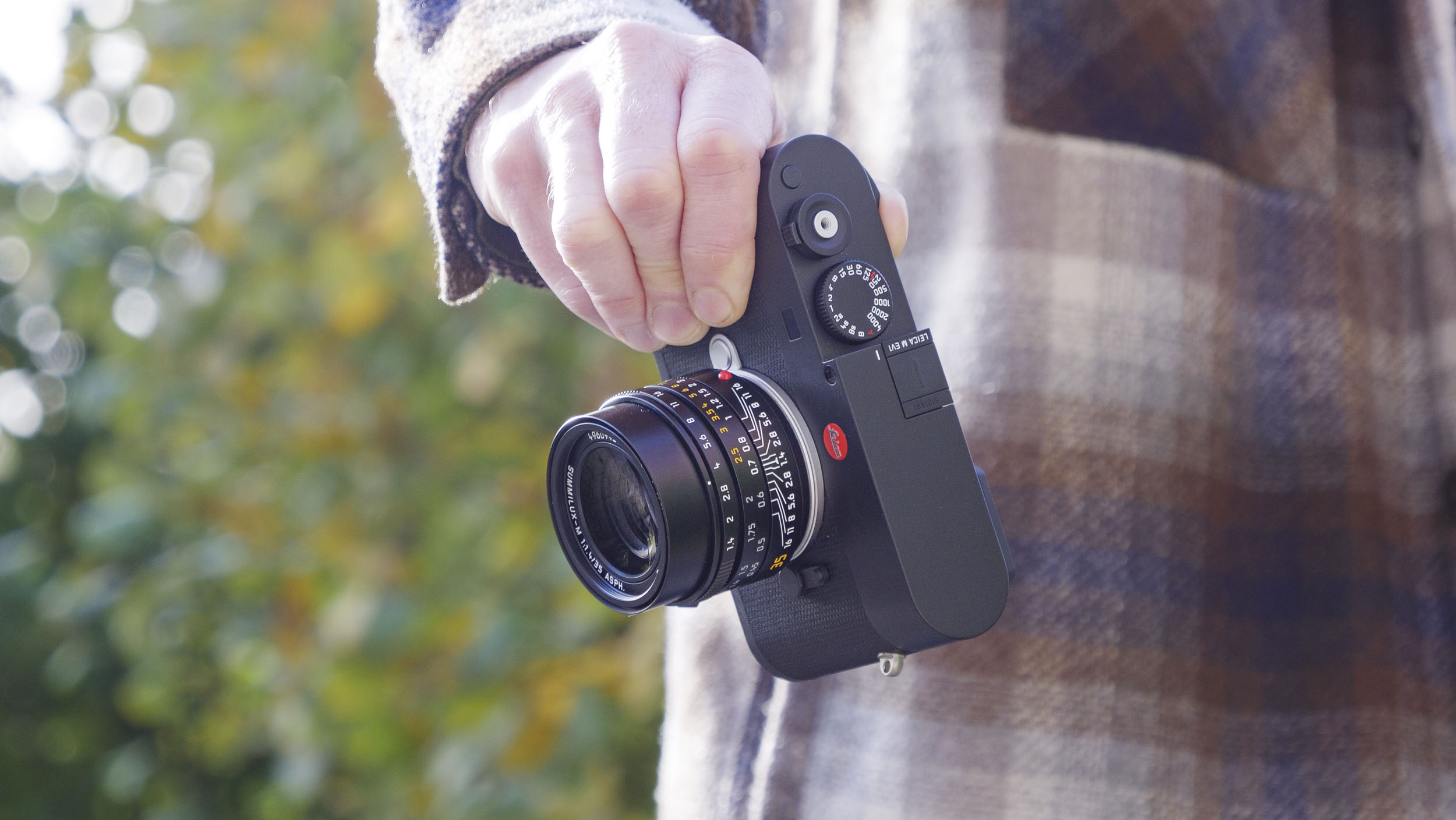
Leica M EV1: price and release date
- Costs $8,995 / £6,840 (Australia price TBC) for the body only
- Additional leatherette hand grip costs $460 / £340
- Available from October 23, 2025
Price-wise, the Leica M EV1 sits in between the Leica M11 and Leica Q3, which makes sense because an EVF is cheaper to manufacture than an optical rangefinder.
Ultimately, the EV1's list price makes the Q3 / Q3 43 feel like much better value, especially if you're not going to be swapping lenses a lot. The Q3 is much the same camera, for less, with additional features – and you get a built-in lens.
With the EV1, you're paying for the luxury of being able to swap lenses, and every Leica lens costs in the thousands.
Personally, if I had a spare $14,000 / £12,000 for Leica camera gear, I'd rather pick up both the Leica Q3 and Leica Q3 43 over the EV1 with a lens such as the 35mm f/1.4 Summilux, which together cost the same as two Q3s.
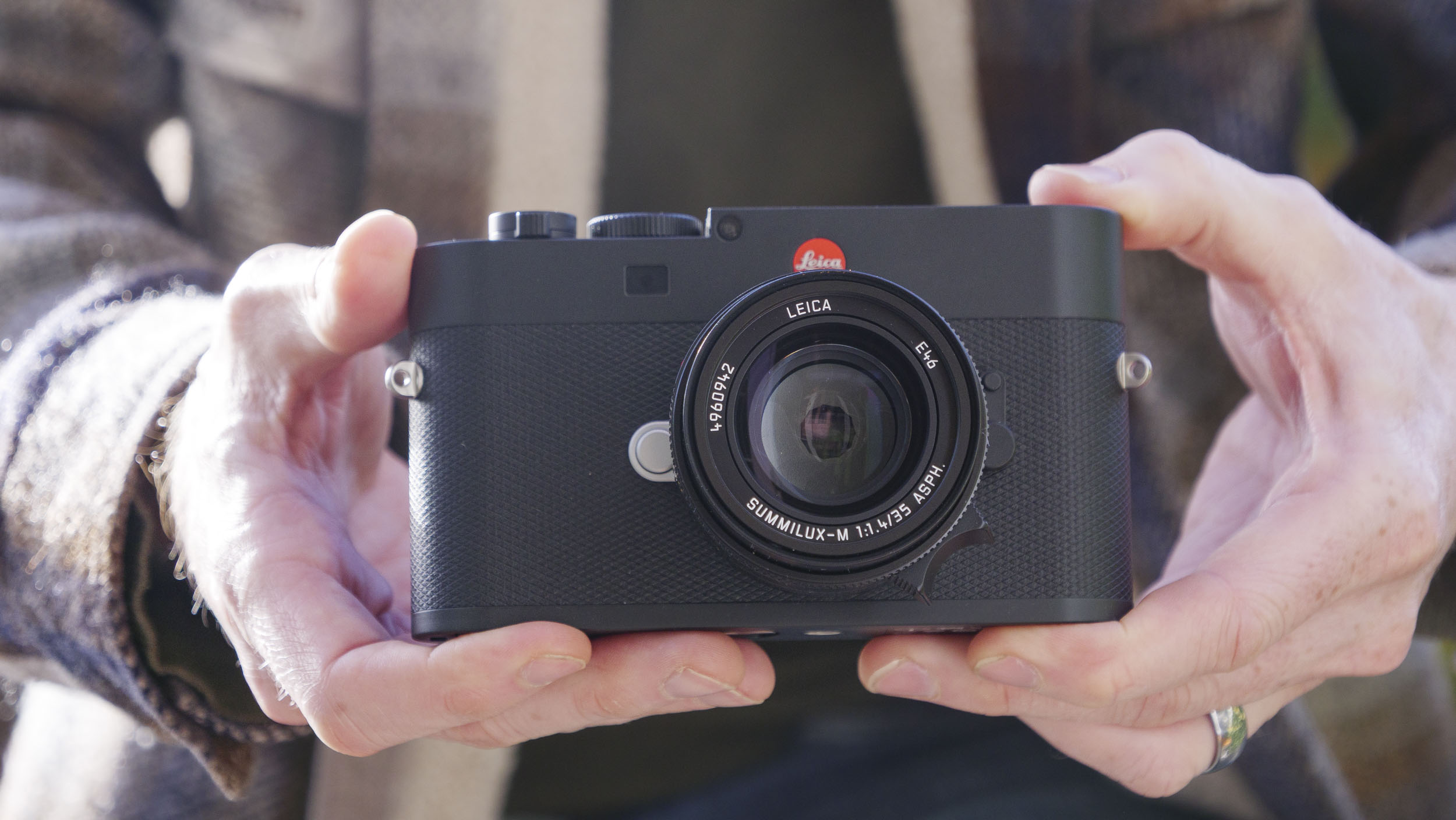
Leica M EV1: specs
Swipe to scroll horizontally
Video | N/A |
Photo | 60MP full-frame |
Lens mount | Leica M |
Autofocus | N/A – manual focus only |
Screen | 2.95-inch fixed touchscreen, 2.3m-dot |
Viewfinder | 5.76m-dot EVF |
Weight | 17oz / 484g (body, including battery) |
Battery | 244 shots (Leica BP-SCL7) |
Leica M EV1: Design
- Compact rangefinder design
- 5.76m-dot EVF instead of an optical rangefinder
- Modest-size 2.95-inch fixed touchscreen
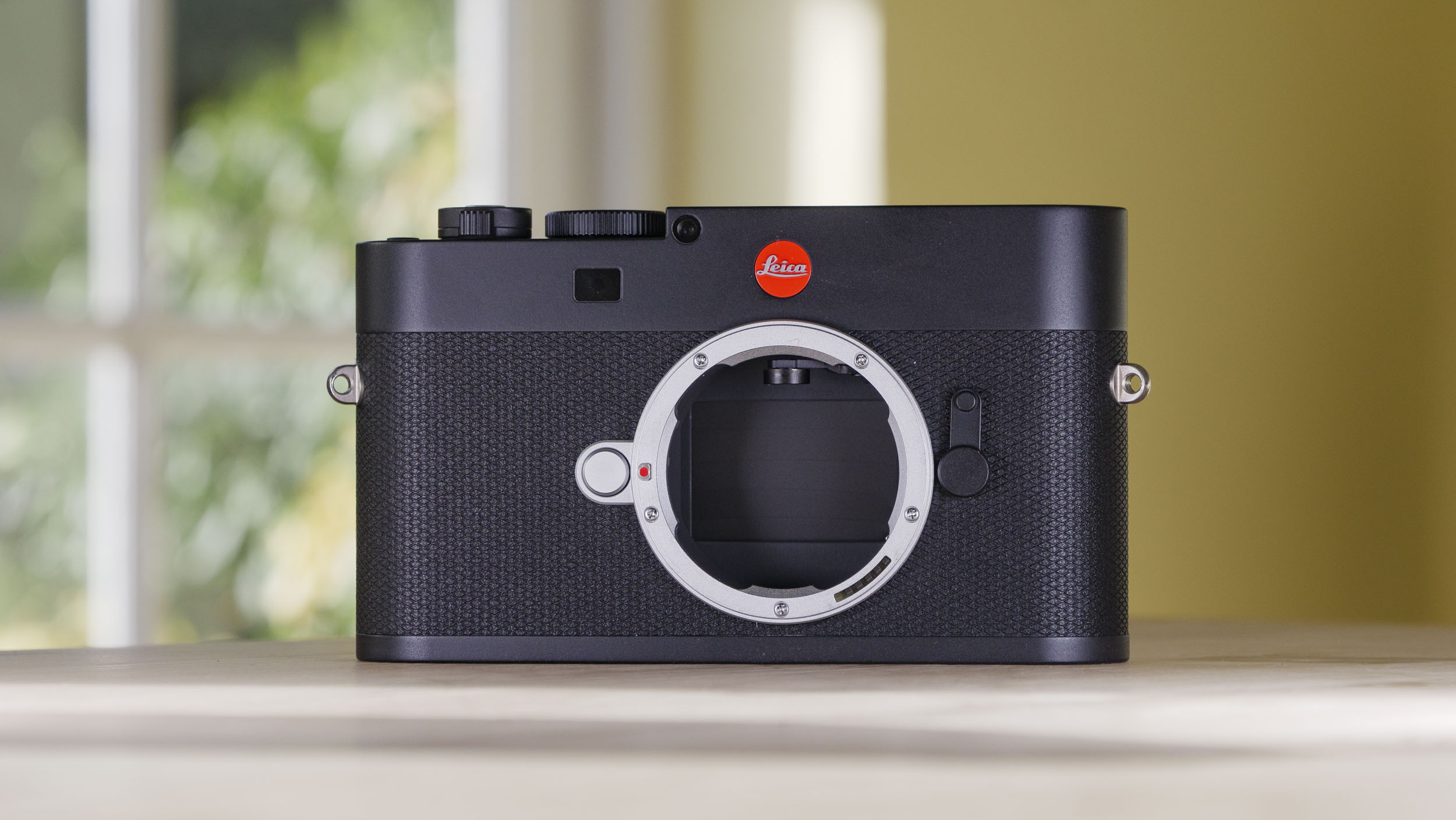
The obvious place to start when talking about the M EV1's design is its viewfinder, which is the same 5.76m-dot EVF found in the Leica Q3. It's also placed in the corner of the camera where the rangefinder traditionally sits, easily accessed with your right eye.
I was shooting with Leica's 35mm f/1.4 Summilux lens for this test, often wide open at f/1.4 where depth of field is really shallow, and getting sharp manual focus is historically a challenge with Leica M cameras. This changes somewhat with the M EV1.
Focus peaking is indeed supremely helpful for this manual focus-only camera, outlining the hard edges of your subject that's in focus – I had the camera set to red focus peaking, which in general is the color most easily seen.
Focus magnification gives you a closer look too, making it much easier to make fine adjustments. My ratio of in-focus shots has been much higher using the M EV1 than I would expect with a camera like the M11.
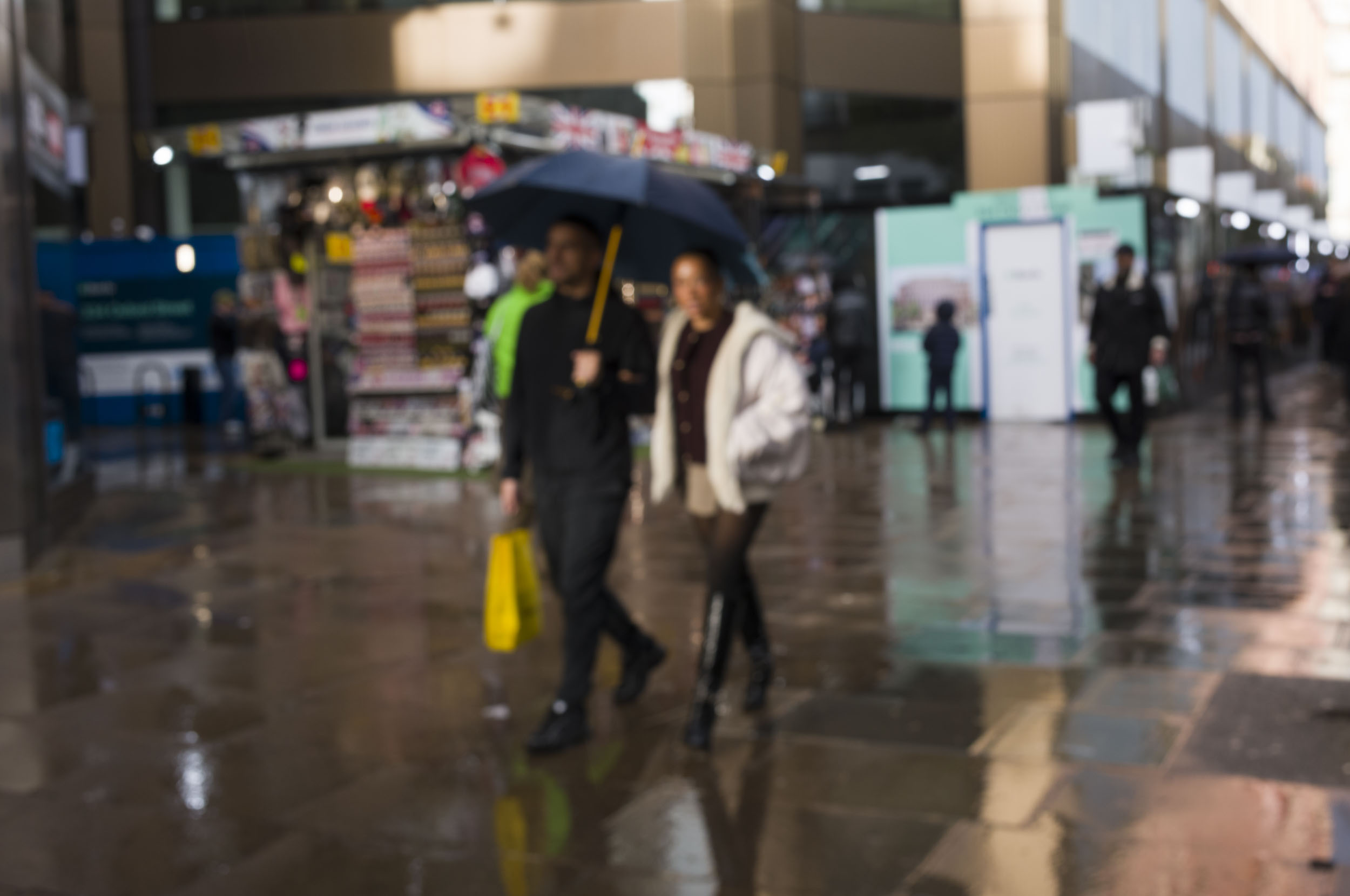
As a rangefinder-style camera, the EV1 is really compact, plus the shutter action is dampened for minimal vibration and noise, making for discreet picture taking.
The 2.95-inch rear screen feels a little on the small side, and being fixed it's less useful that a moveable screen, say a tilt or vari-angle type. The quality and feel of the display is top-drawer, though – with 2.3m dots it's packed with detail, and touch response feels smooth.
With the screen being less useful than I would like – I prefer the Q3's tilt screen – I leaned more into using the viewfinder, which is a lovely experience, even if traditionalists will turn their nose up at such a digital display.
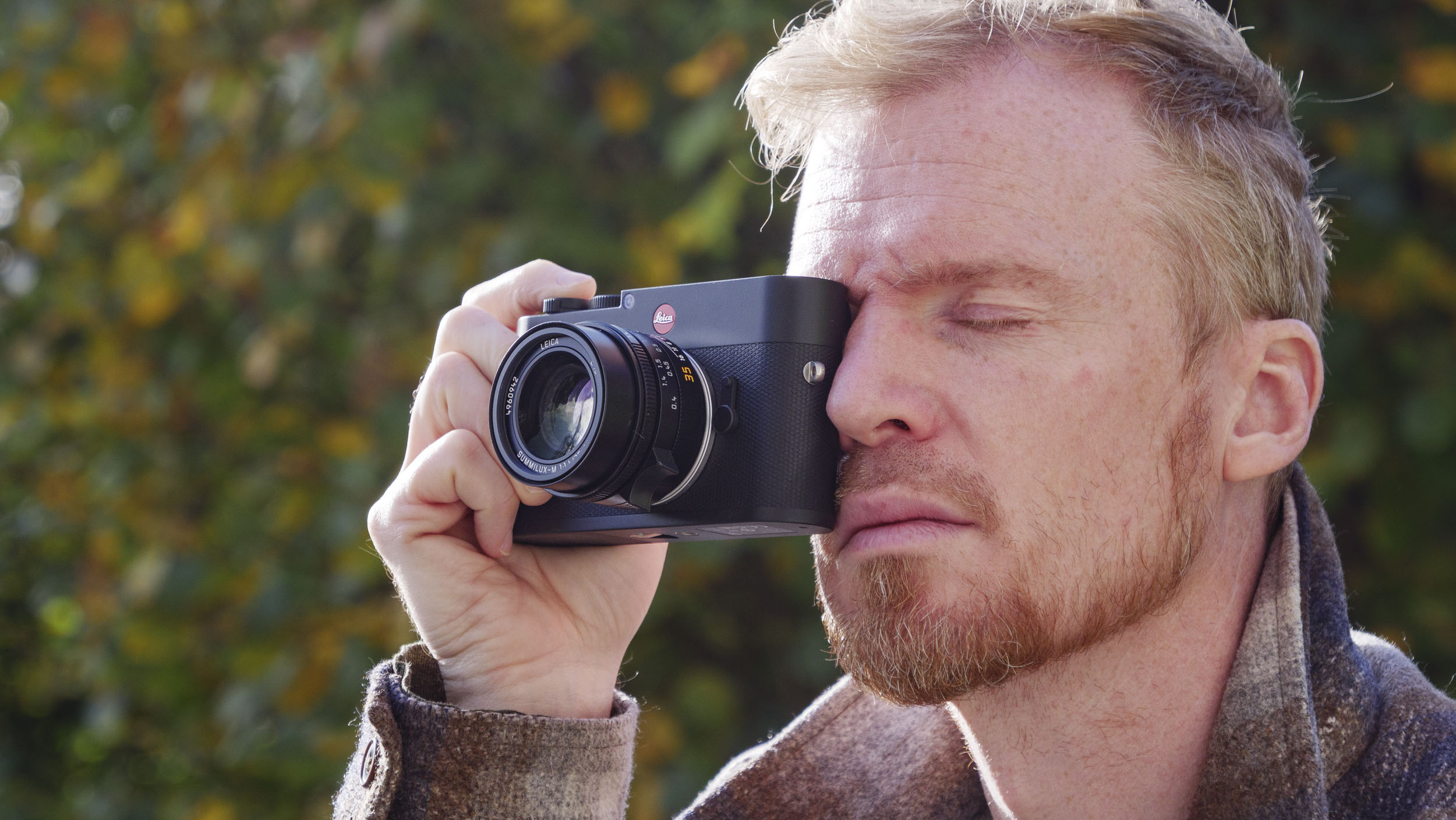
Like all high-end Leica M cameras, the EV1 is made in Germany and the body is fully metal – both aluminum and magnesium, with a leatherette finish. This is a classy bit of gear.
The style, profile and control layout of the EV1 are largely familiar – this feels like an M11, save for the omission of an ISO dial (which is a real shame) and of course that new type of viewfinder. I'm a fan of minimalist design, and thoroughly enjoyed shooting with the EV1.
Leica M EV1: Performance
- Same 60MP sensor as the M11 and Q3, with digital crops
- Manual focus only
- No video recording
If you want a detail-rich full-frame camera there are none better than those that use this 60MP sensor, as Leica's current crop of M cameras do, along with the Sony A7R V.
Leica offers two digital crop modes: 1.3x and 1.8x, with a reduced 36MP and 18MP resolution respectively. With the 35mm lens, those crops give a perspective equivalent to 45mm and 63mm lenses.
Burst-shooting top speeds are a modest 4.5fps. The buffer memory is rated to 3GB, which means you can shoot 15 full-size raw files or 100 JPEGs at that top speed before the camera slows up, assuming you're using a high-speed UHS-II SD card.
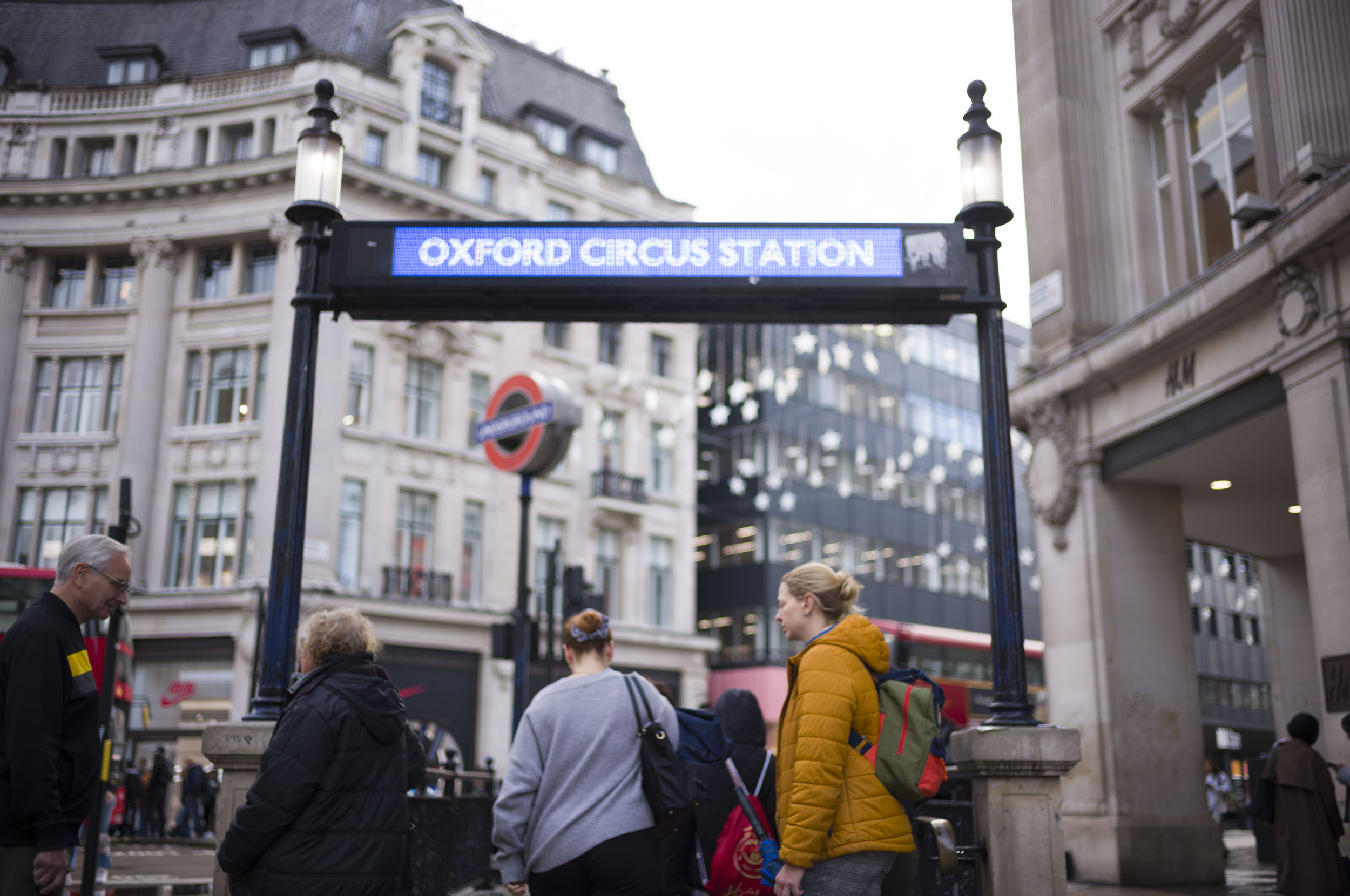
The ISO sensitivity range starts at ISO 64 and tops out at ISO 50,000, so images taken in good light with the base ISO are particularly clean and crisp.
Leica uses the widely adopted DNG raw format, with a 14-bit output and a limited number of color profiles to choose from – I mainly stuck to standard profile, and made color edits to raw files afterwards.
Sticking with the Leica M ethos, the EV1 doesn't shoot video at all. For video recording with a Leica, you'll need to look to the Leica Q series.

Following the Leica M11-P, the EV1 is equipped with content credentials, which is the most widely adopted industry standard for authenticating the origin of digital images. It does so through a secure digital label, holding details such as names, dates, and any edits made to an image’s metadata.
GPS geotagging data can also be added to images via the Leica Fotos app, which is available on the Apple store and Google Play store for iPhone and Android devices. It's also possible to wirelessly transfer images to your device from the M EV1 through the app, as well as remotely control the camera.
At the time of writing the EV1 isn't registered on the app as I've been using it prelaunch, but I have plenty of experience with the app, such as with the screen-less M11-D, and it's one of the more reliable and pain-free app experiences from leading camera brands.
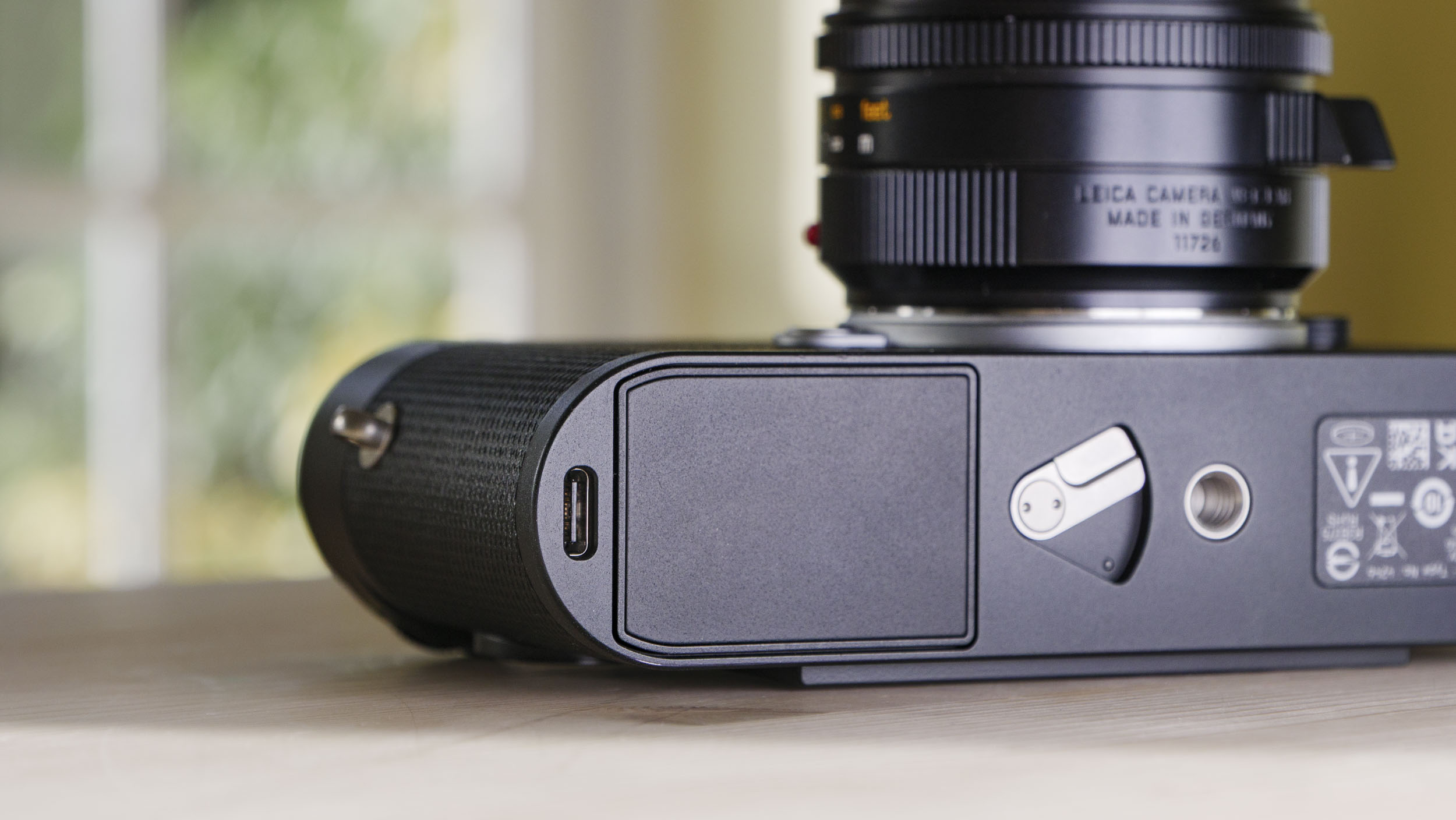
Battery life, I must say, is pretty poor by today's standards, rated up to 244 shots. It's little wonder given that the camera uses Leica's BP-SCL7 battery with its modest 1,800mAh capacity.
Still, the M EV1 isn't the kind of high-speed photography and video-making heavyweight with which users would quickly drain a battery. The photography process here is slow and considered, and as such I typically got through a whole day without needing to charge the battery (which is done via the USB-C port on the underside of the camera).
Leica M EV1: also consider
Leica Q3
If you're considering the M EV1, then you're probably already okay with using an EVF. And unless you already have a bunch of pricey Leica lenses, the Q3 and / or Q3 43 premium compacts feel like a wiser pick overall – you get the same 60MP sensor but also a built-in lens, the ability to switch to autofocus, a versatile tilt screen, and video recording. Oh, and both Q3 models cost much less.
See my Leica Q3 review
Leica M11
Design-wise there are two key differences between the M11 and M EV1; the viewfinder type – the M11 has an optical rangefinder, while the M EV1 has a 5.76m-dot electronic viewfinder – and the M11 features a handy ISO dial that's missing on the EV1. Besides that, the user experience and image quality are effectively the same. The EV1 costs less than the M11, though.
See our Leica M11 review

How I tested the Leica M EV1
- Leica loaned me the M EV1 for a week ahead of its launch
- I had one lens to test it with – the Leica 35mm f1.4 Summilux-M Asph
- I've used the M EV1 as an everyday camera, documenting the world around me
My experience with the Leica M EV1 was wonderfully simple. I had it close to hand for a whole week ahead of the global announcement, with the Leica 35mm f1.4 Summilux-M Asph lens attached to it the whole time.
I'm a fan of this lens for reportage photography, and naturally found myself documenting the world around me, mostly making use of the EVF and focus peaking to manually focus.
Of course, there's a decent range of Leica M lenses to choose from, making the most of the M EV1's design advantages over the Leica Q3 premium compact with its fixed lens.
- First reviewed: October 2025
- Read more about how we test

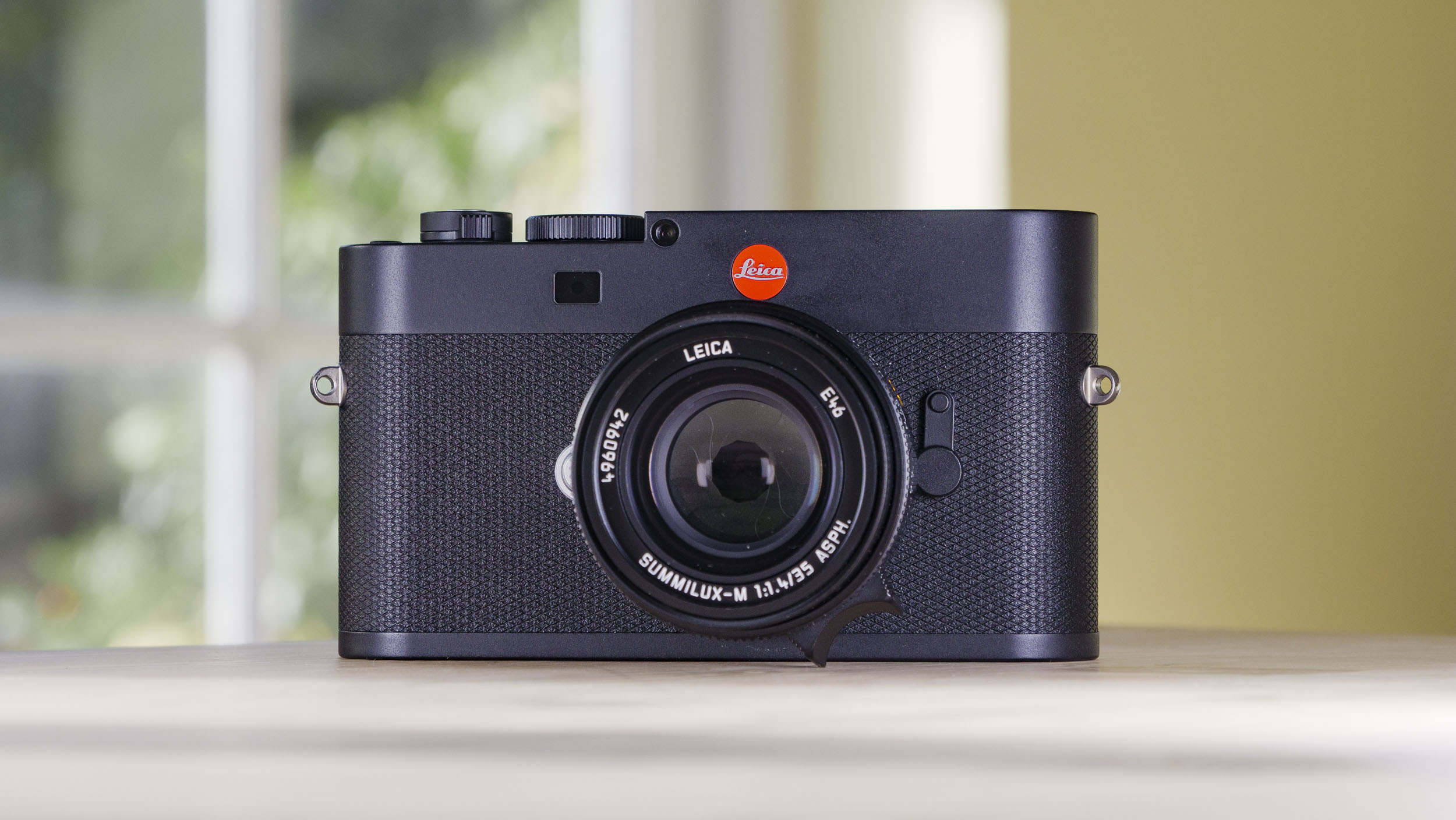
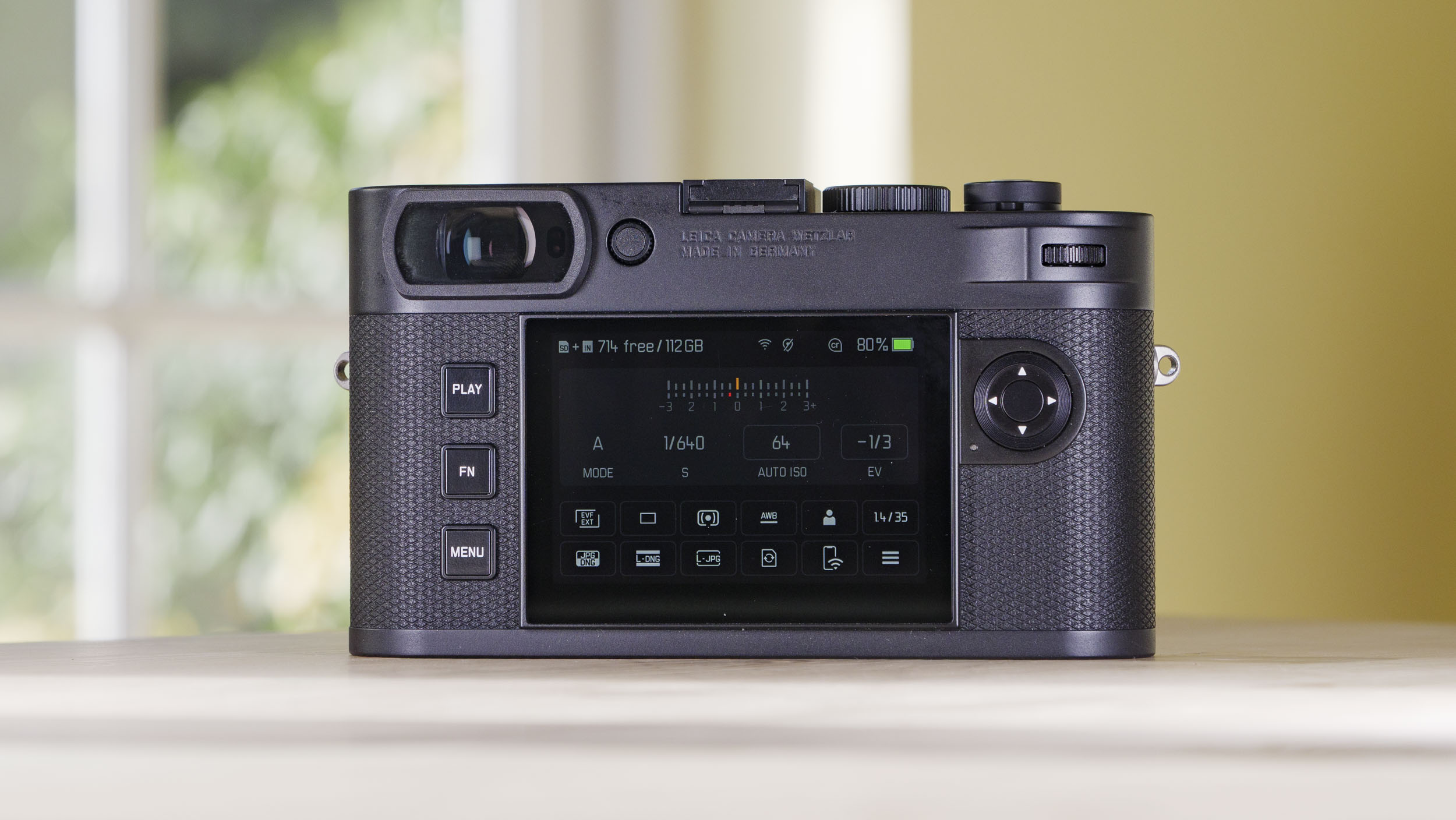
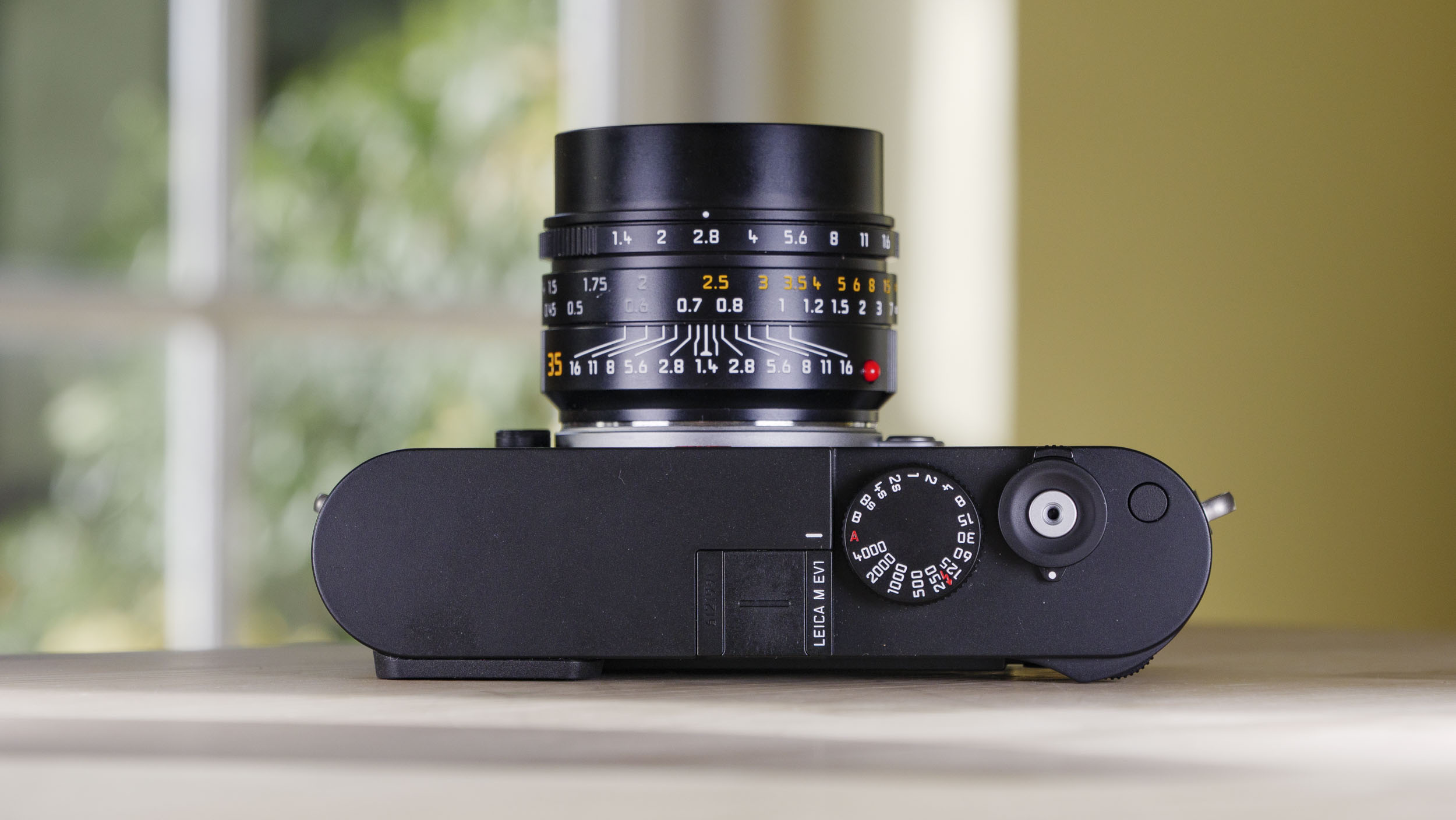
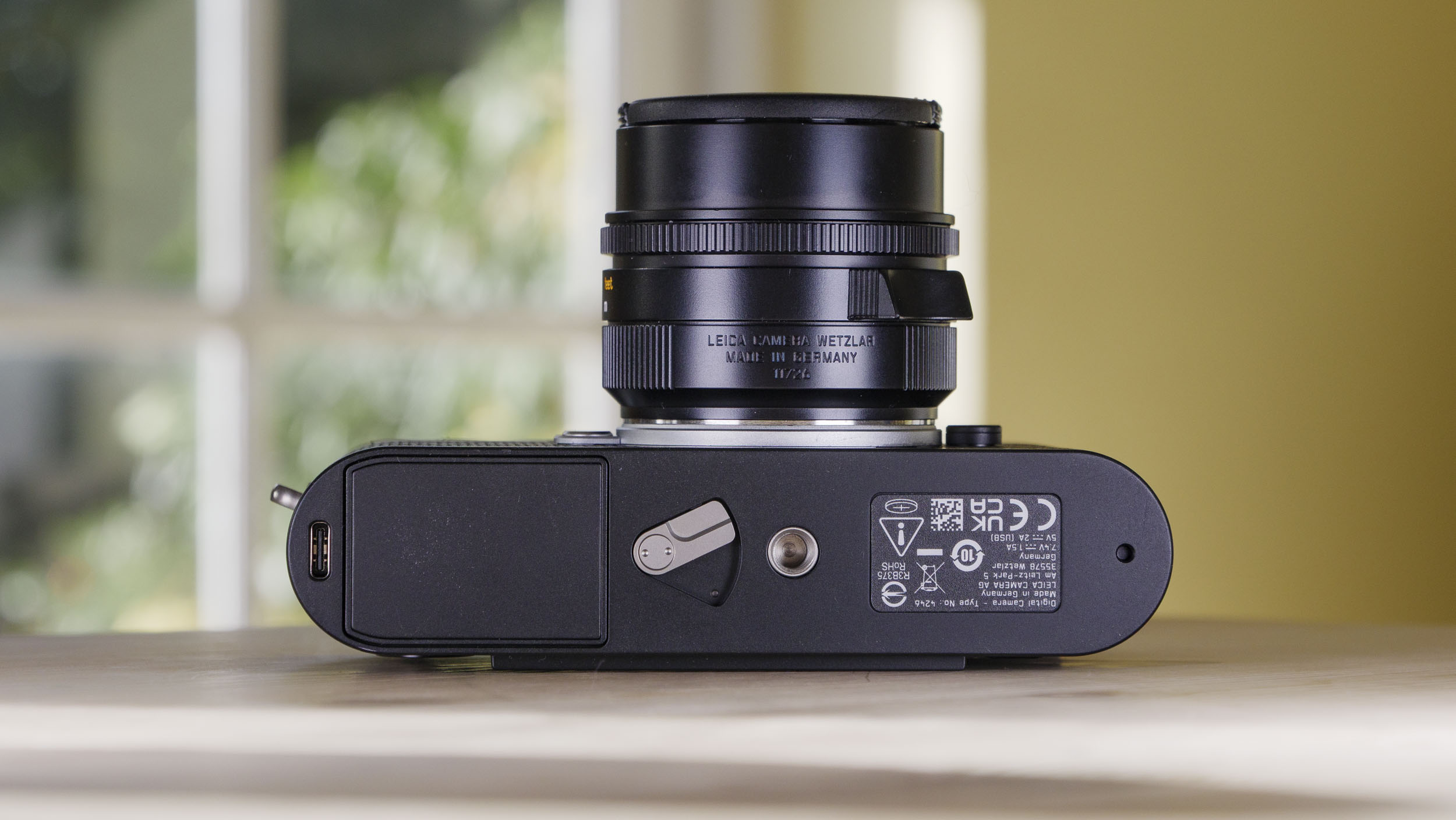
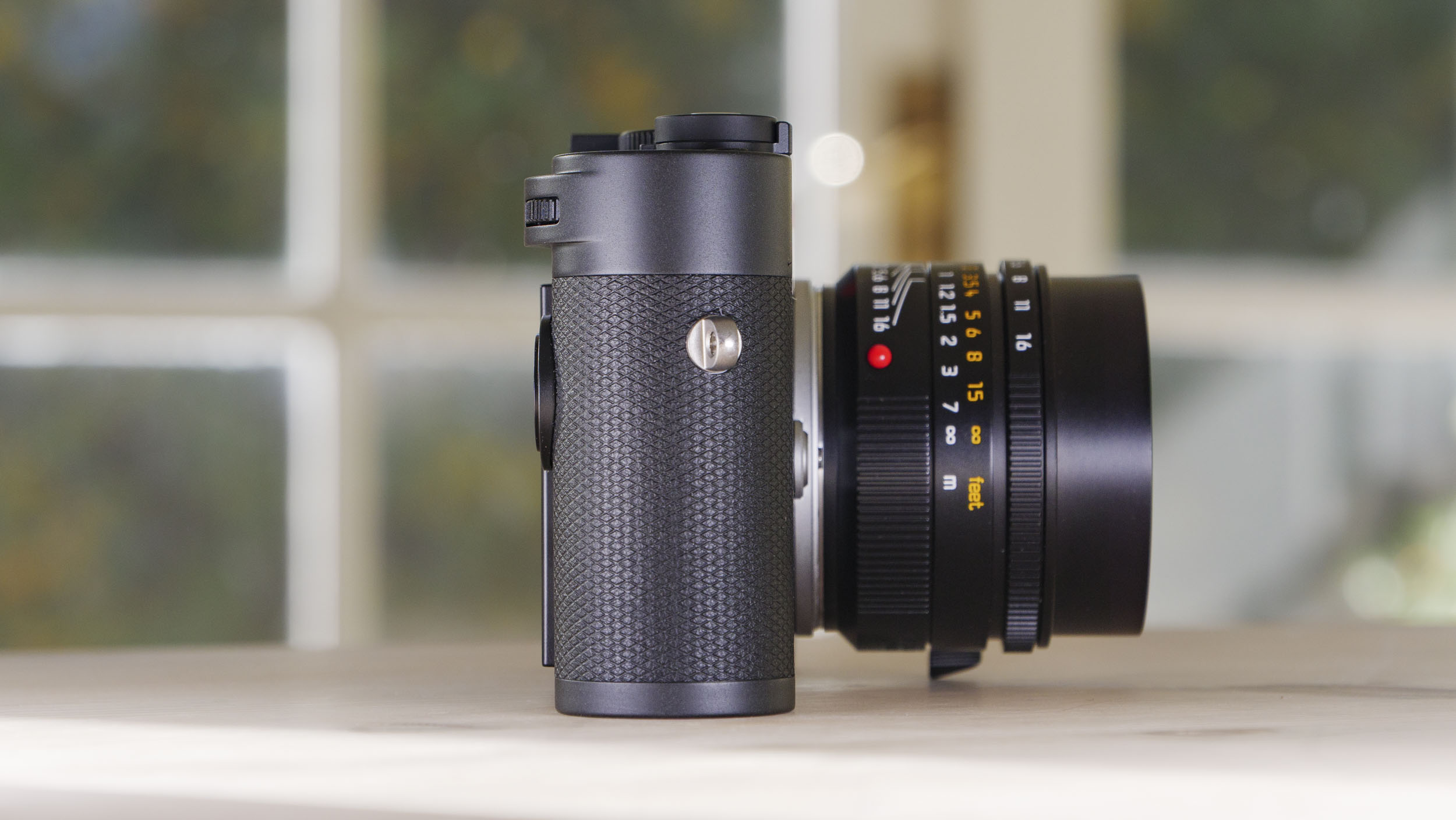
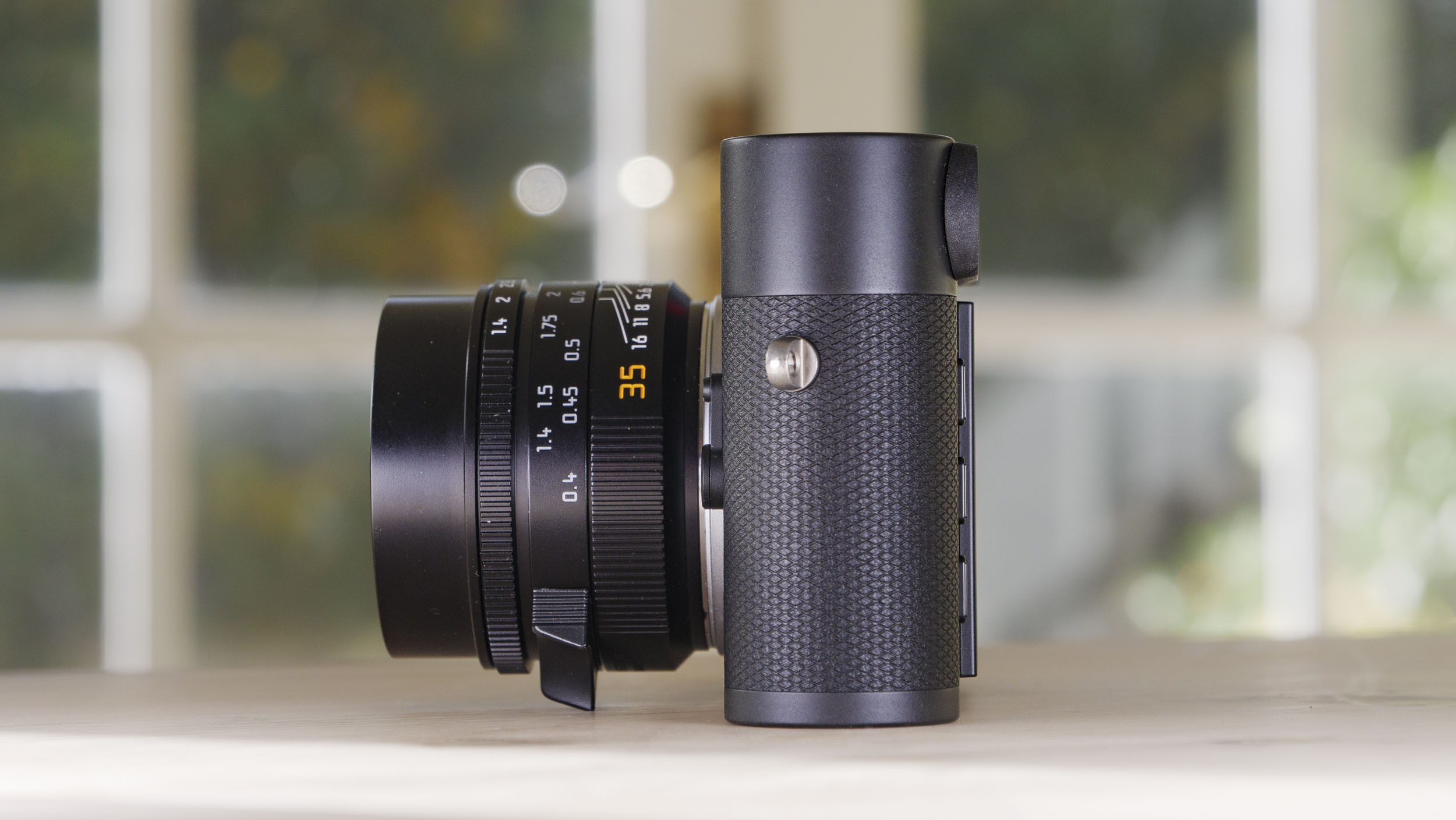
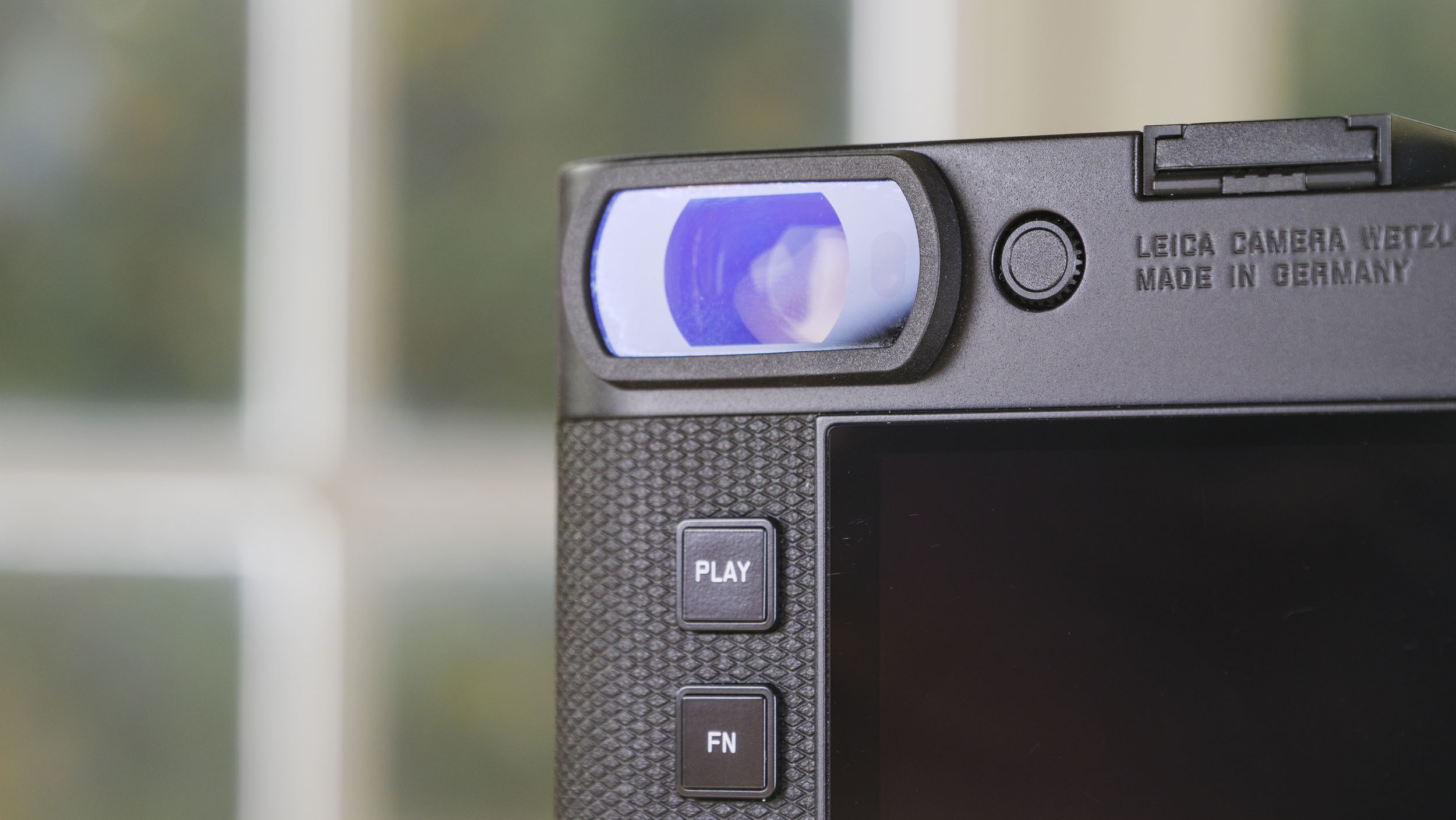
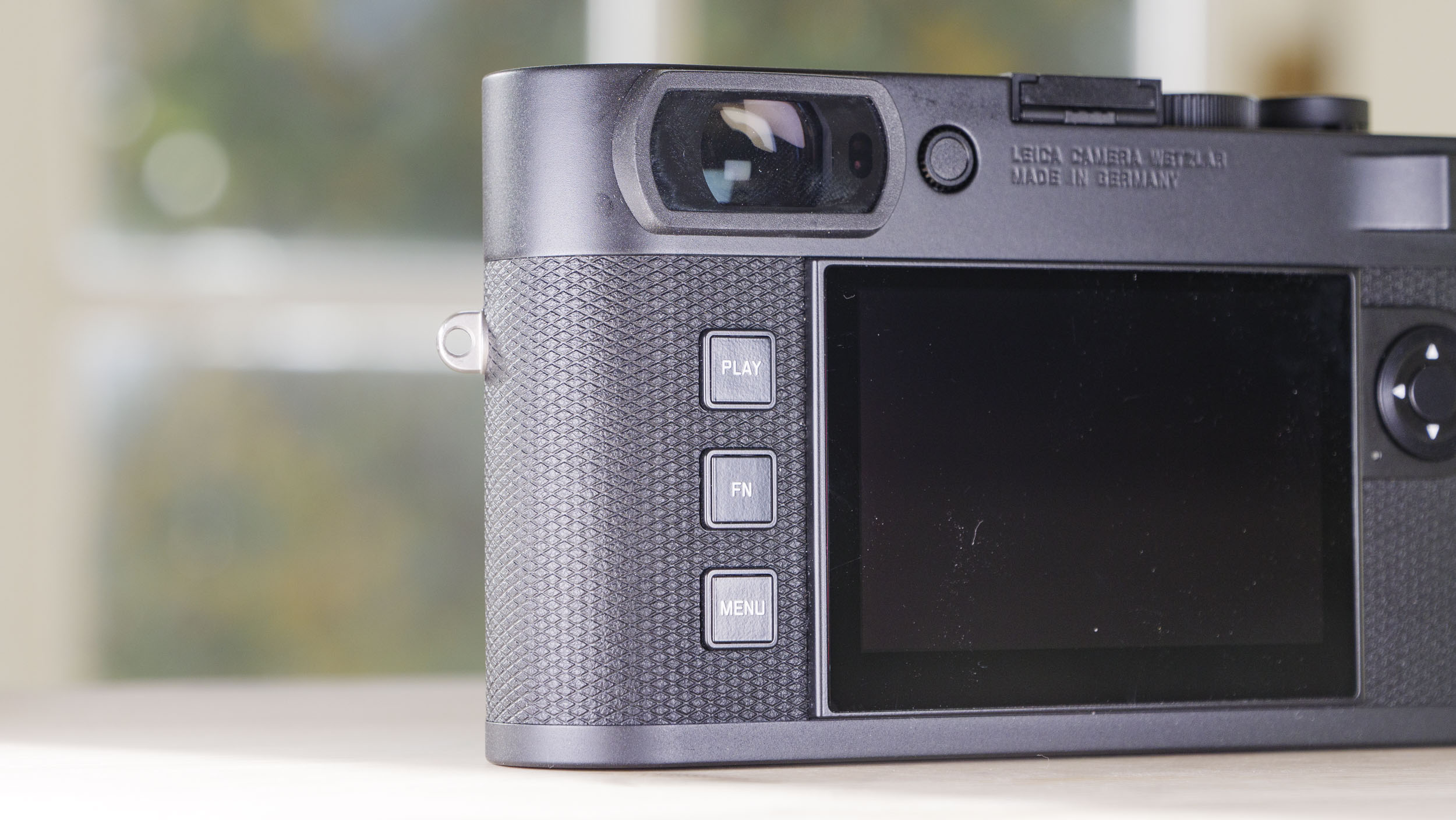
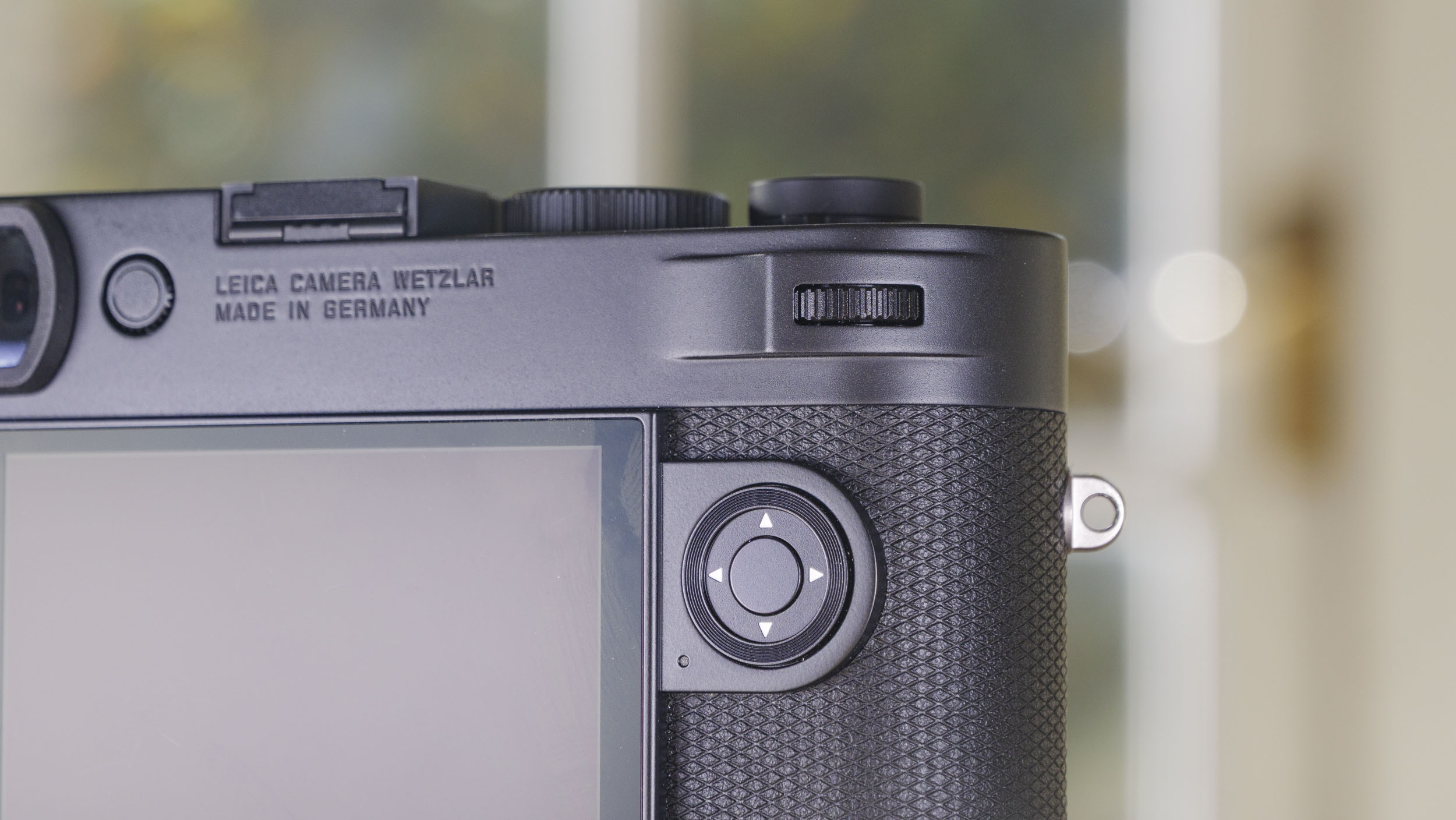
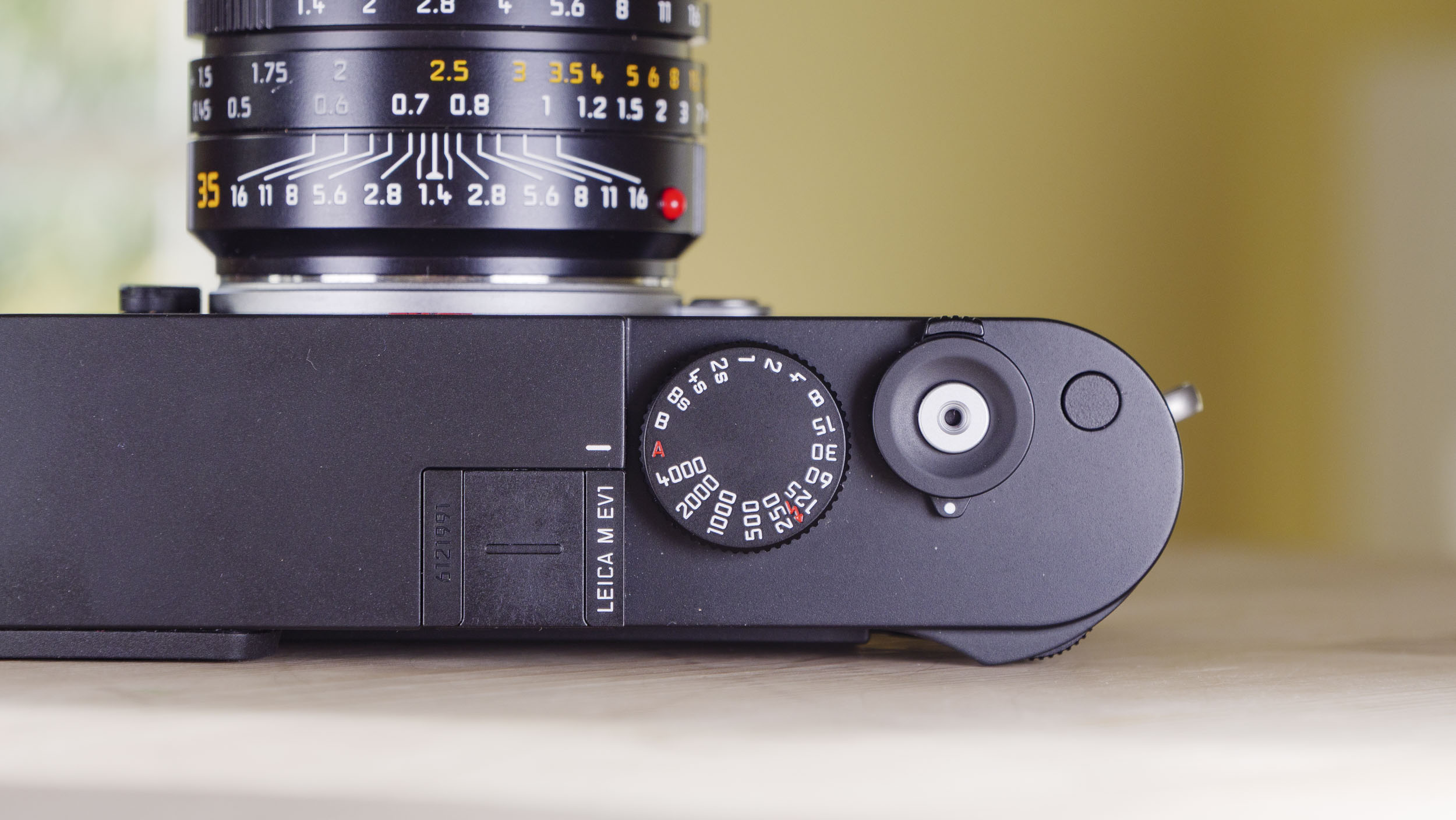
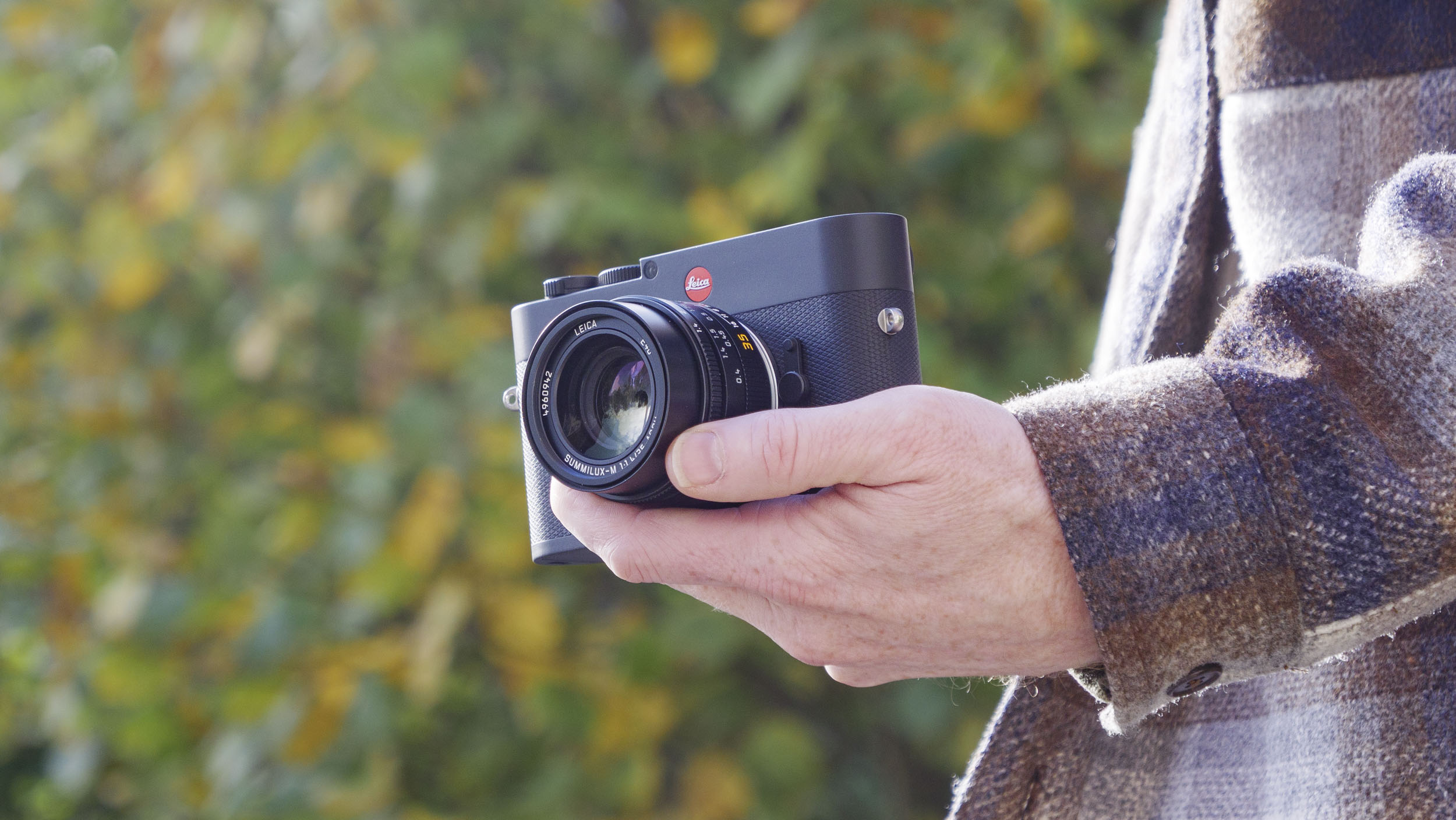
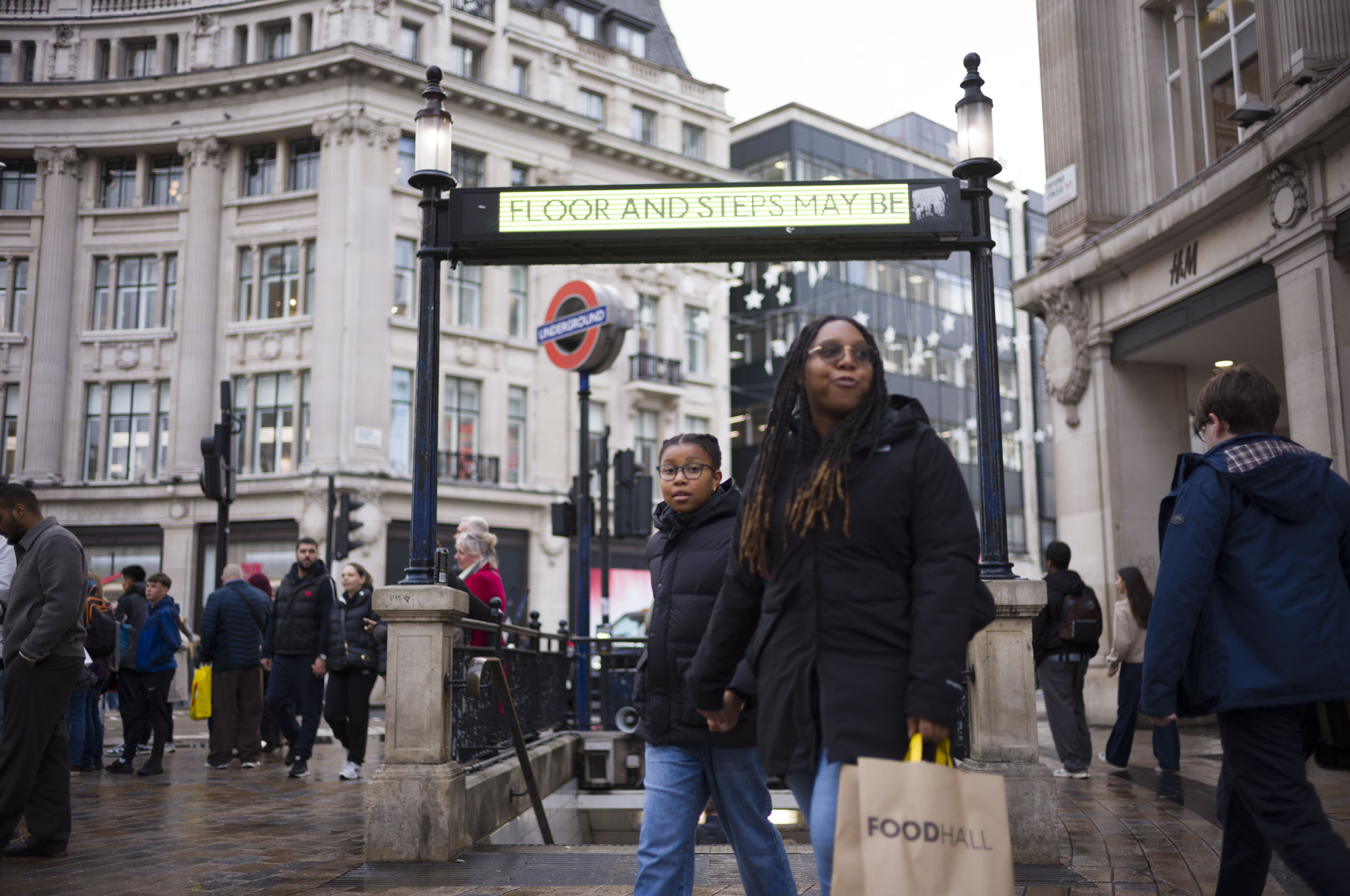
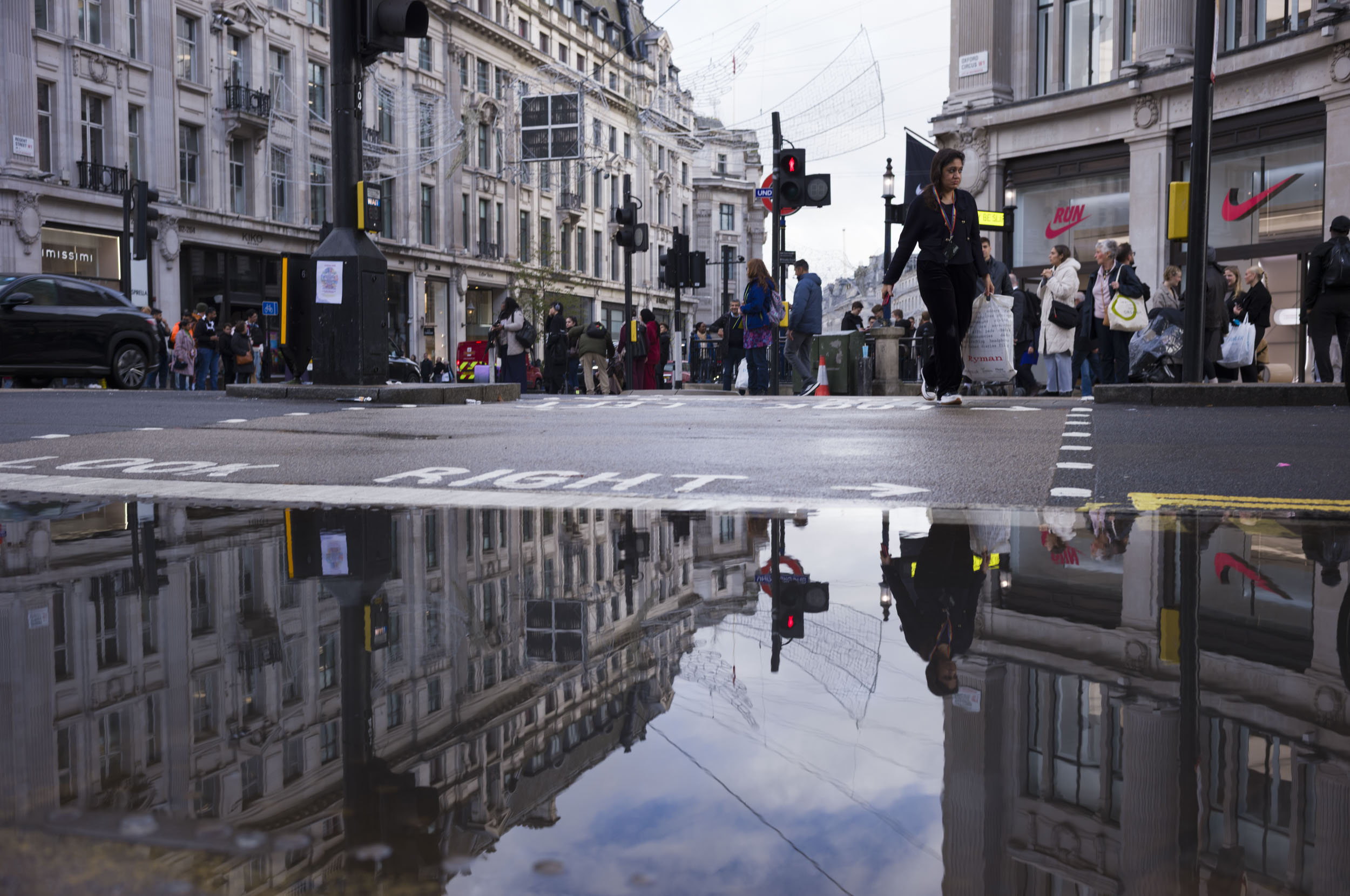


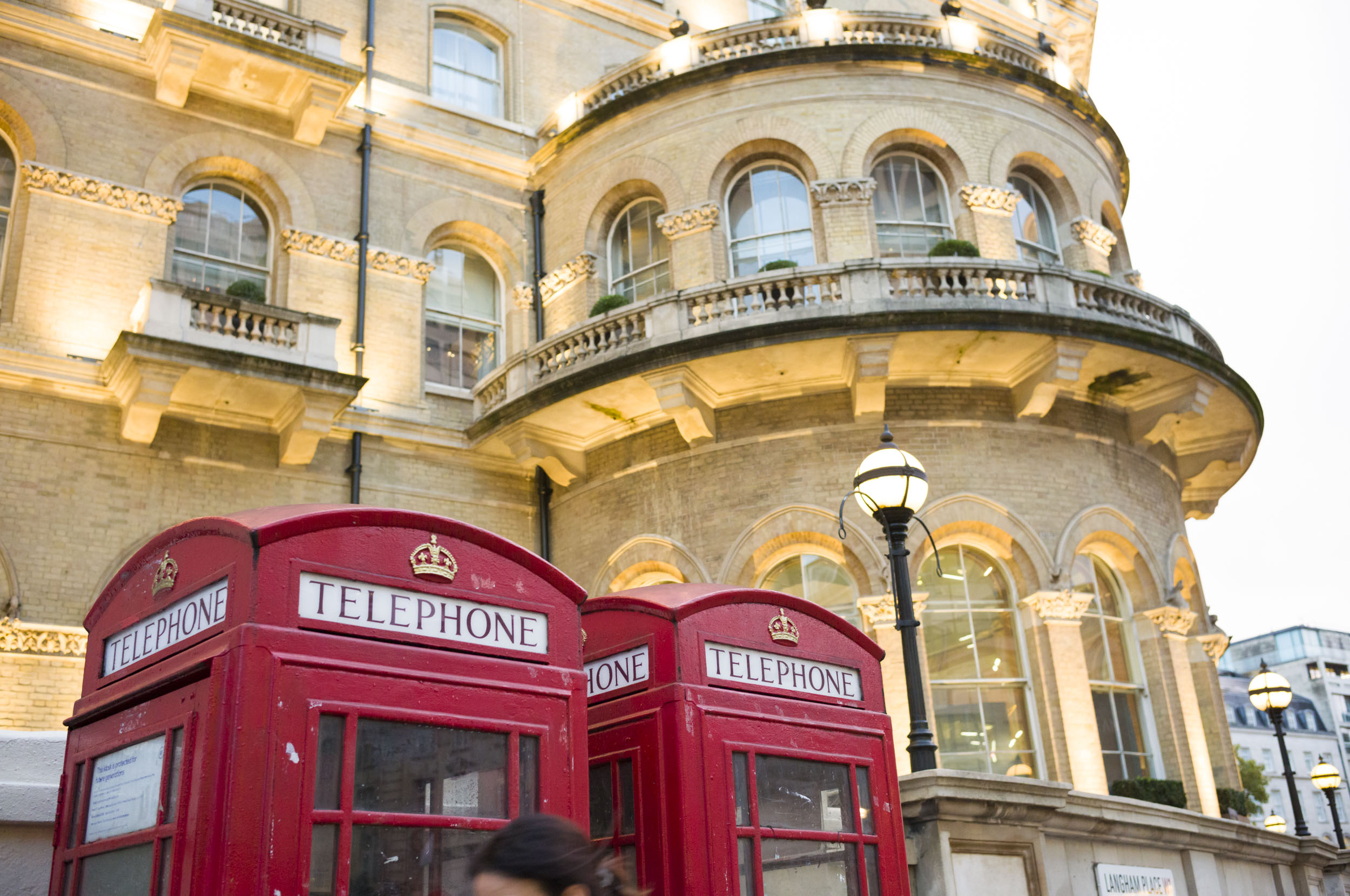
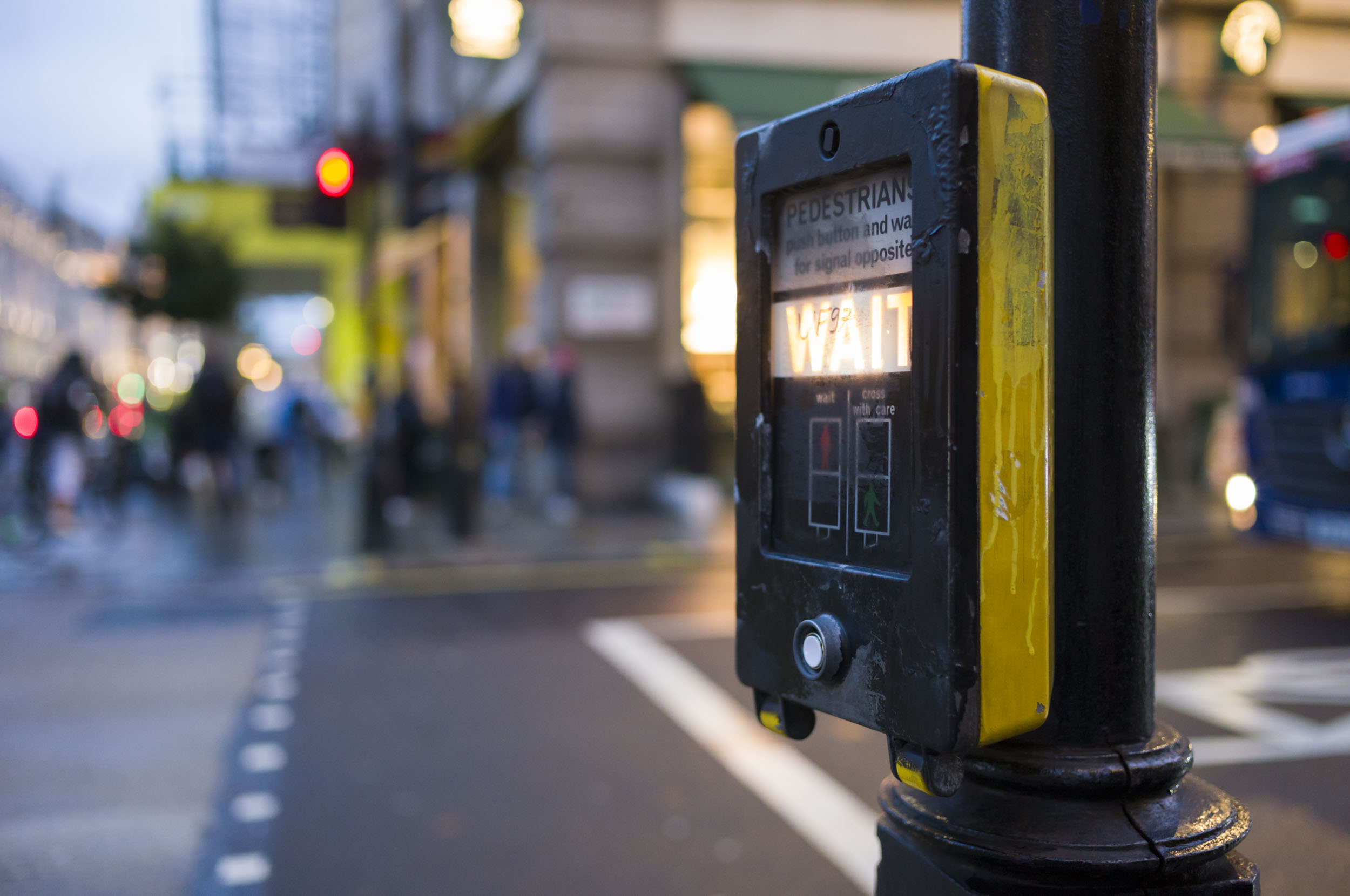
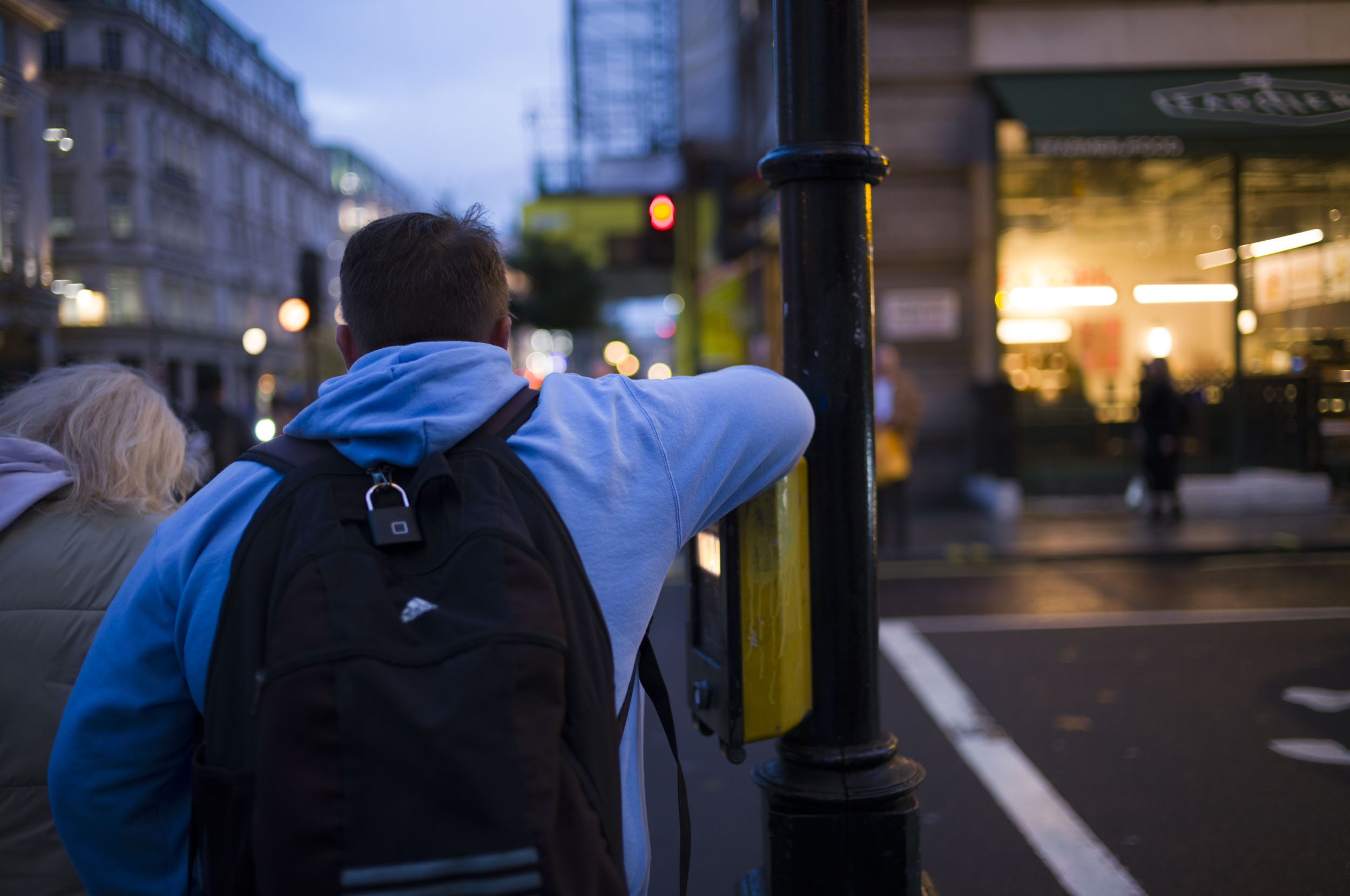

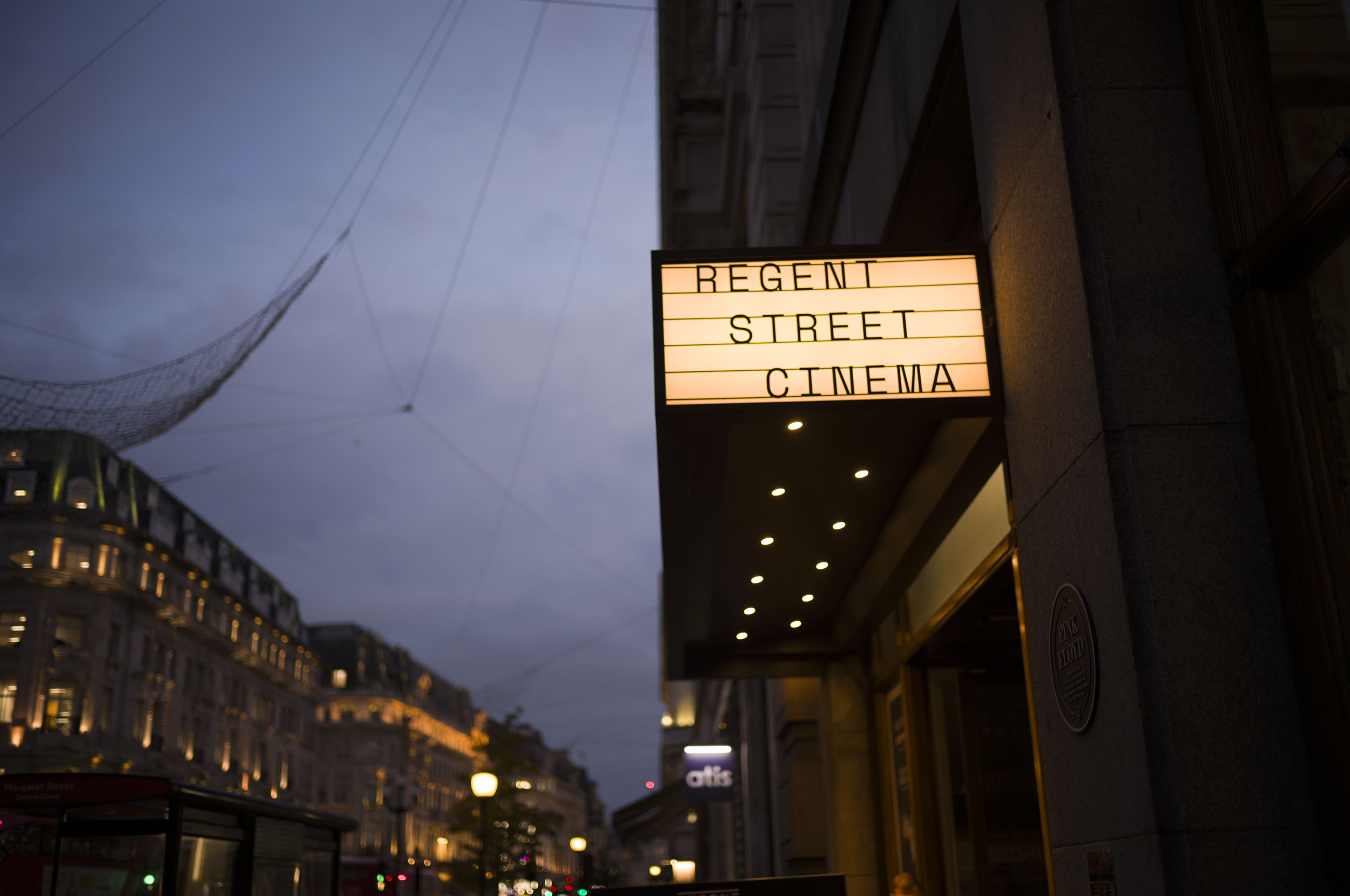


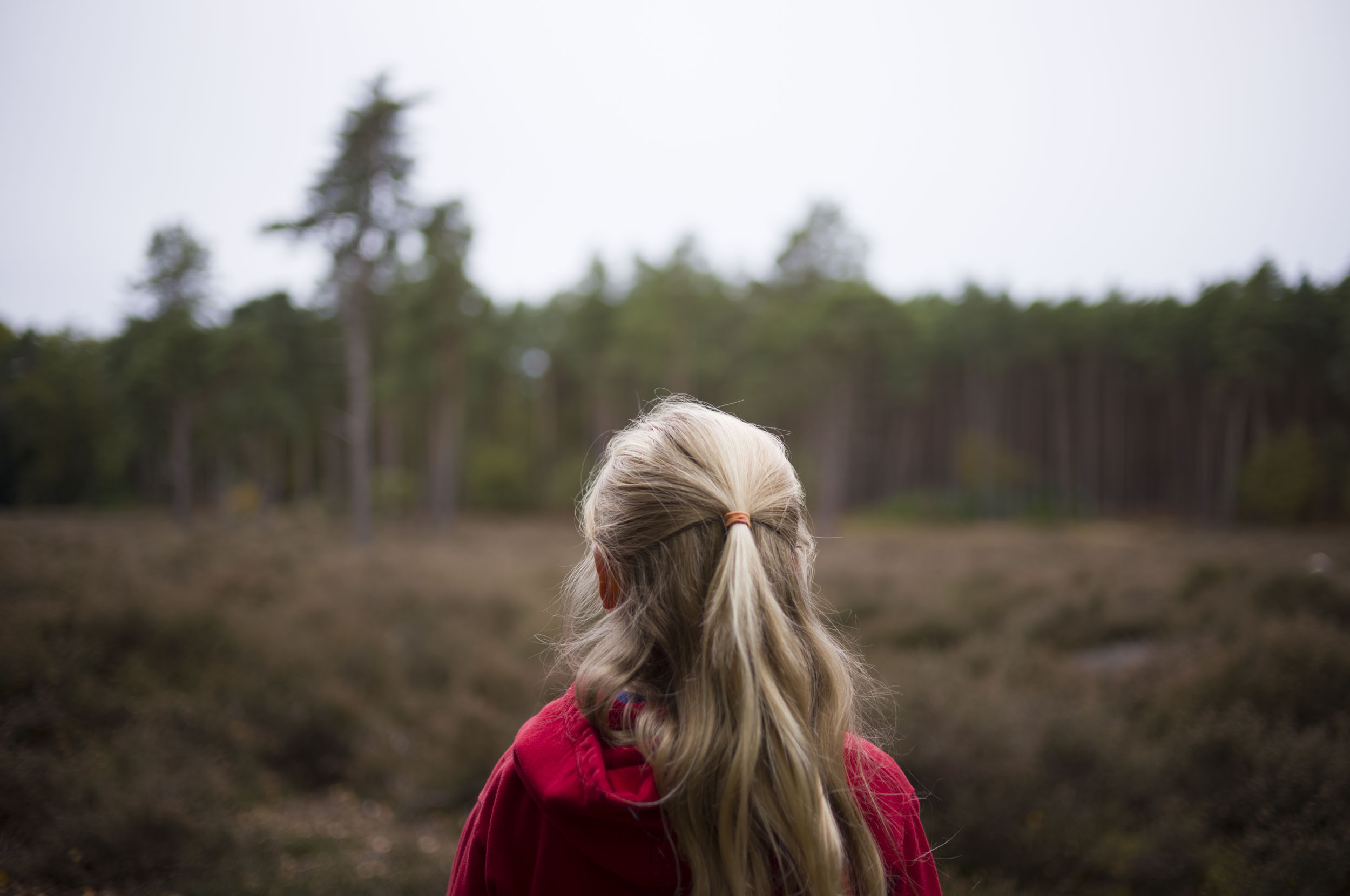


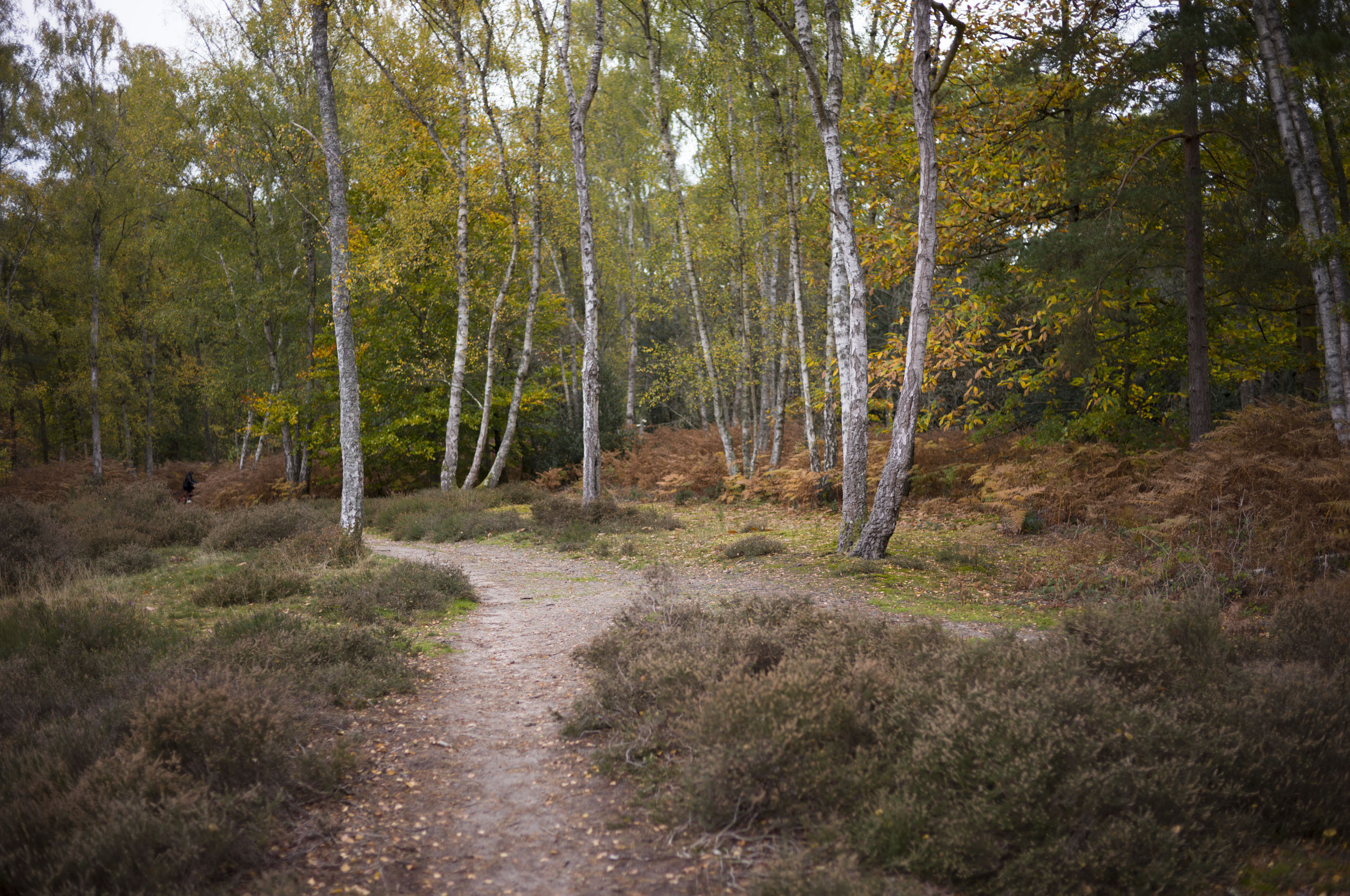
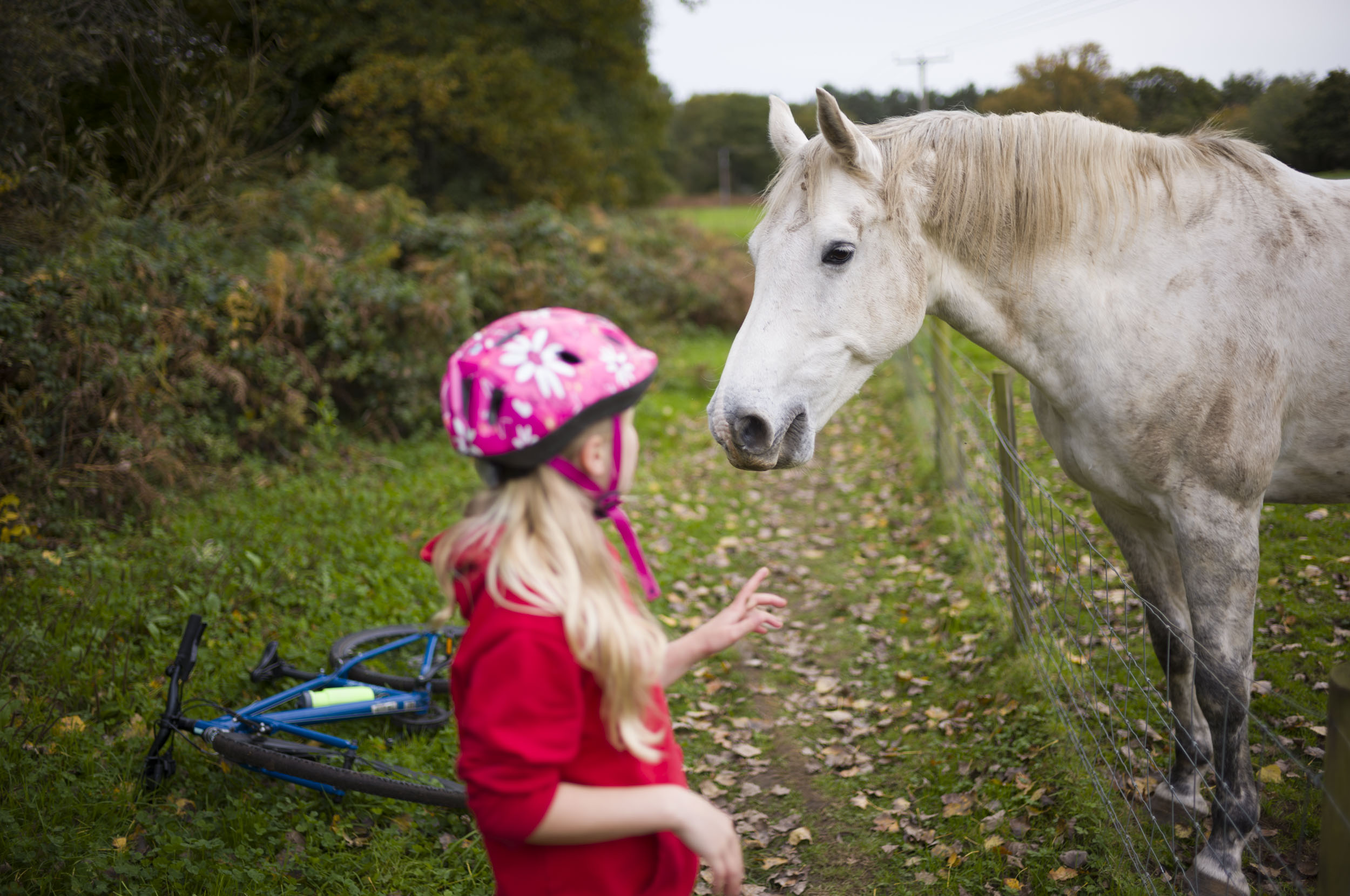
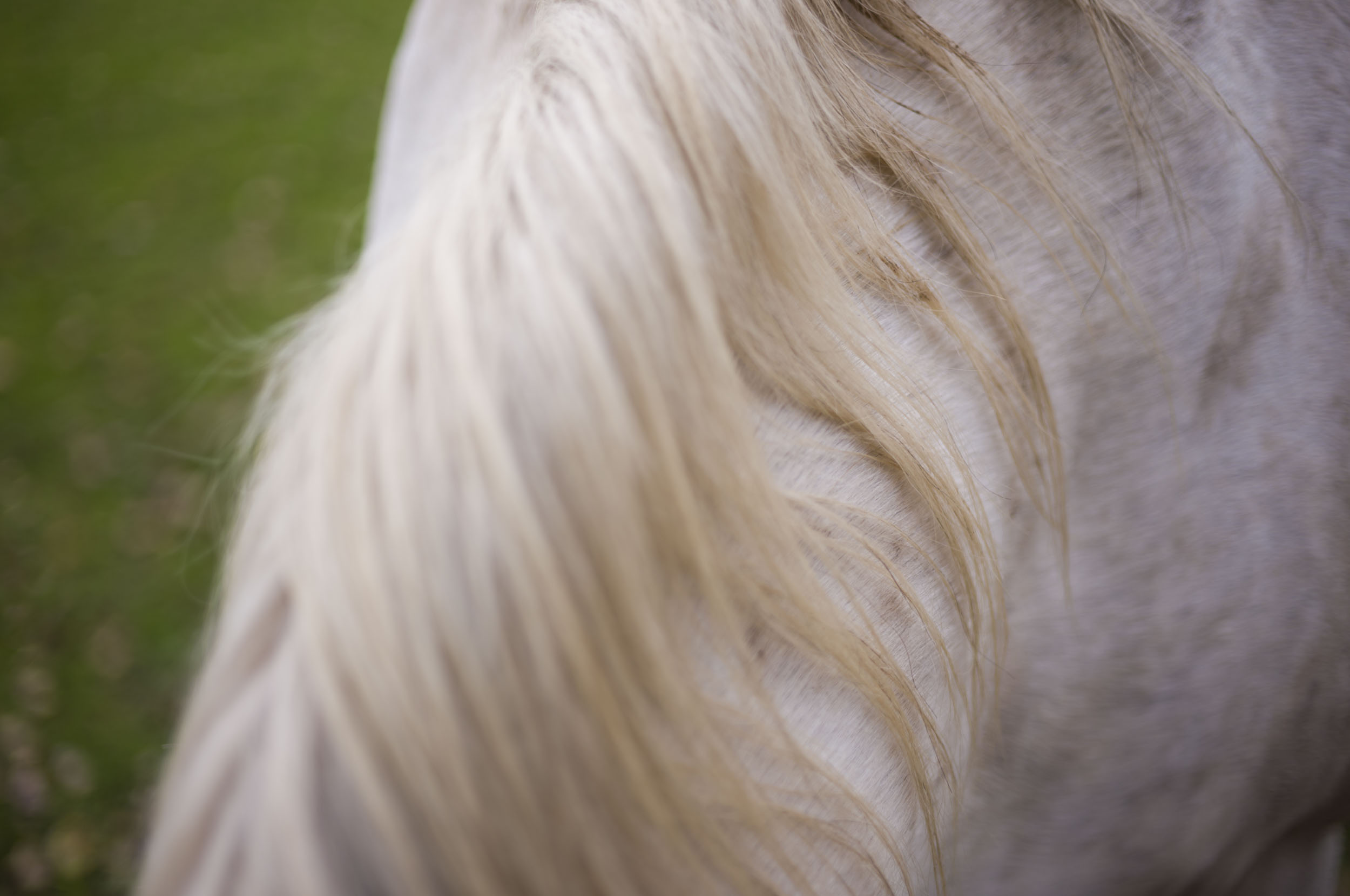
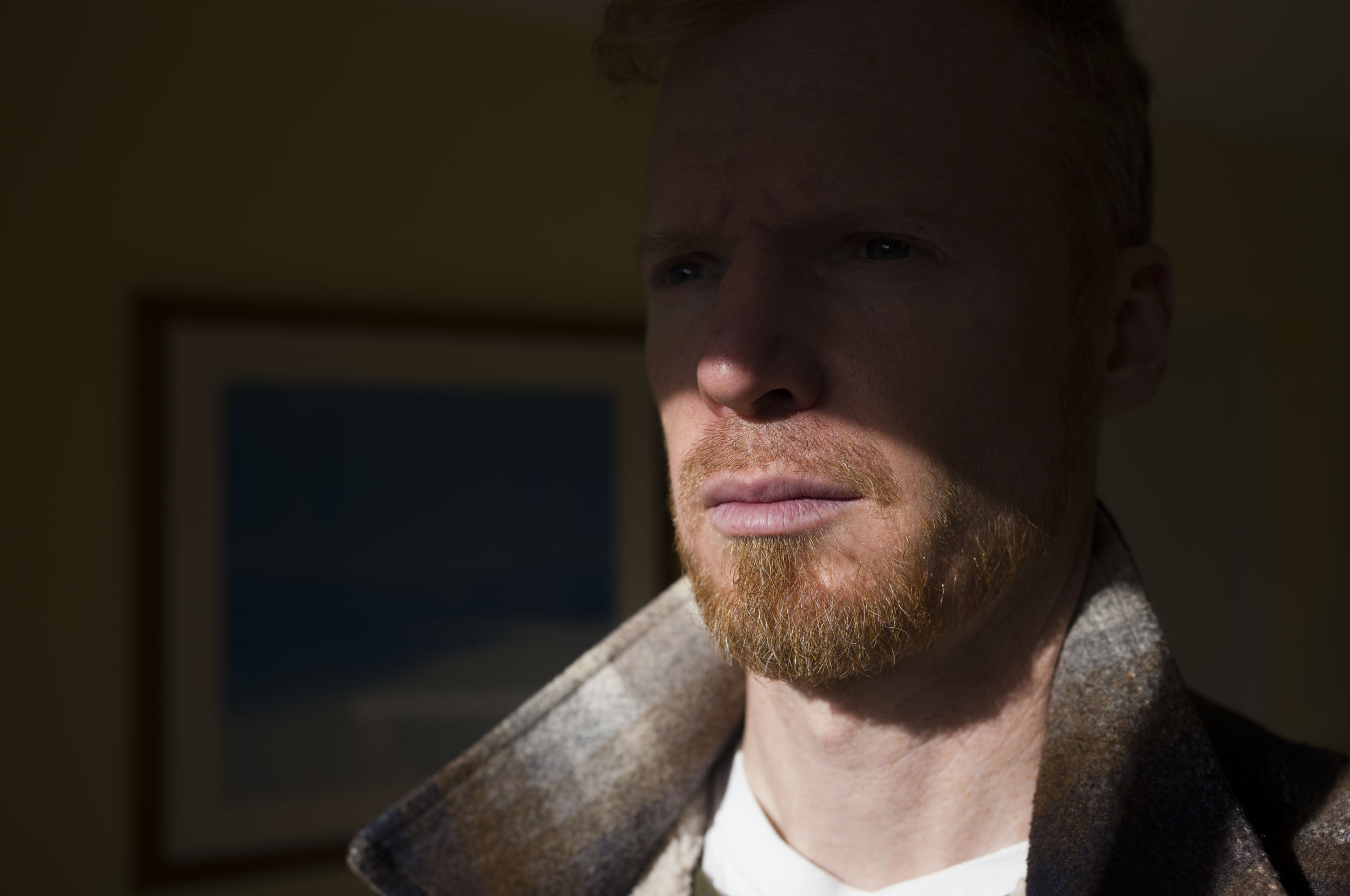
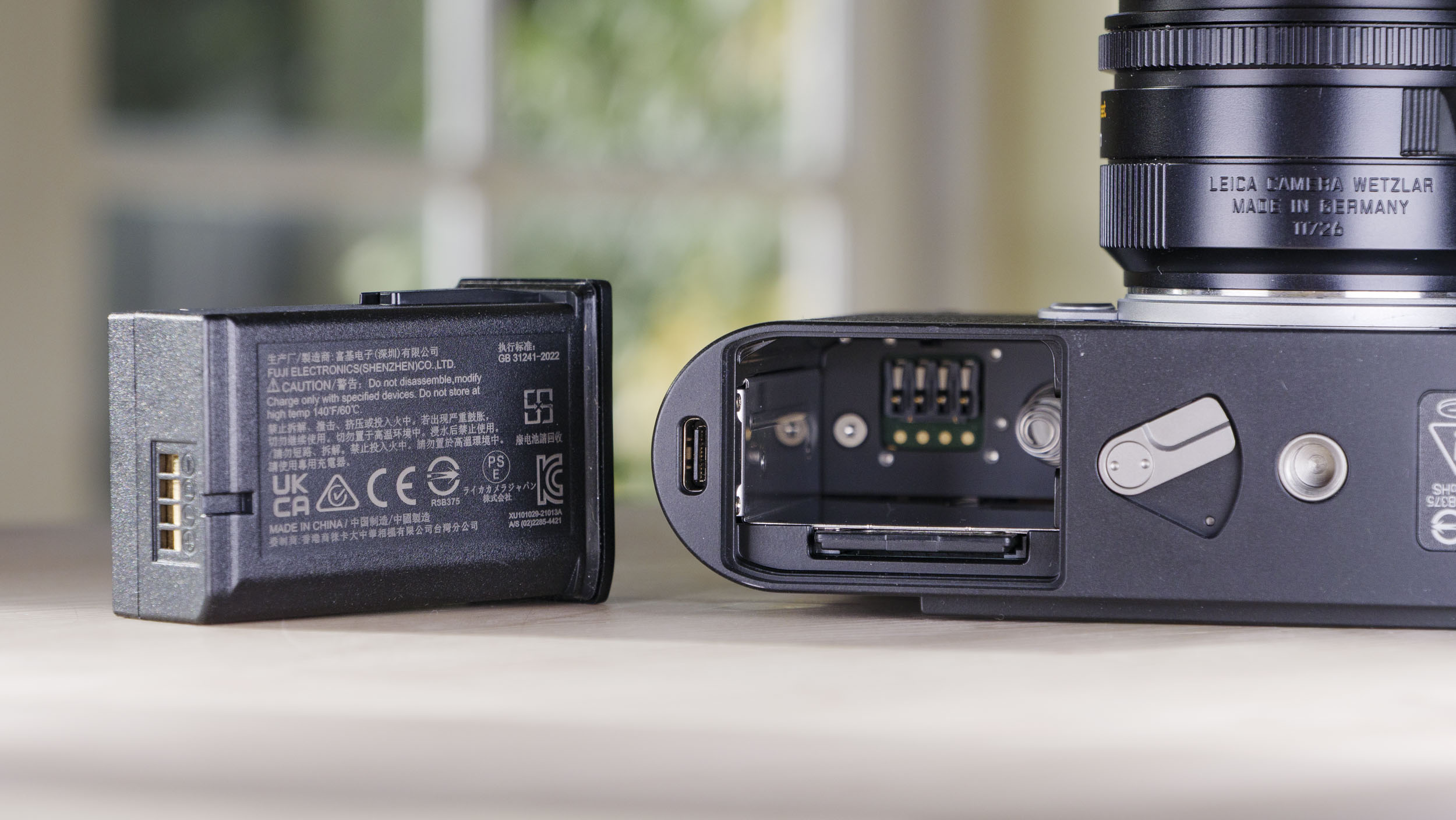
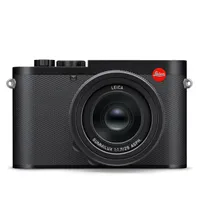
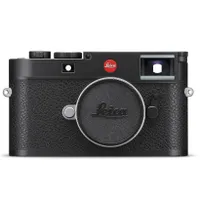

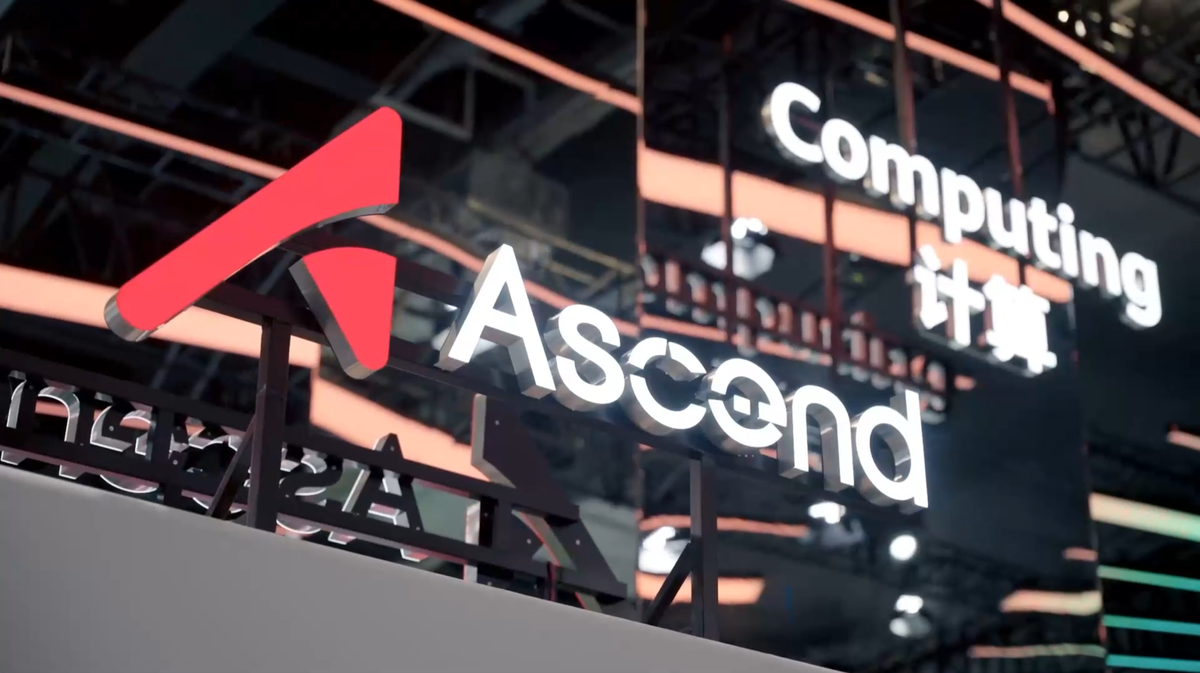
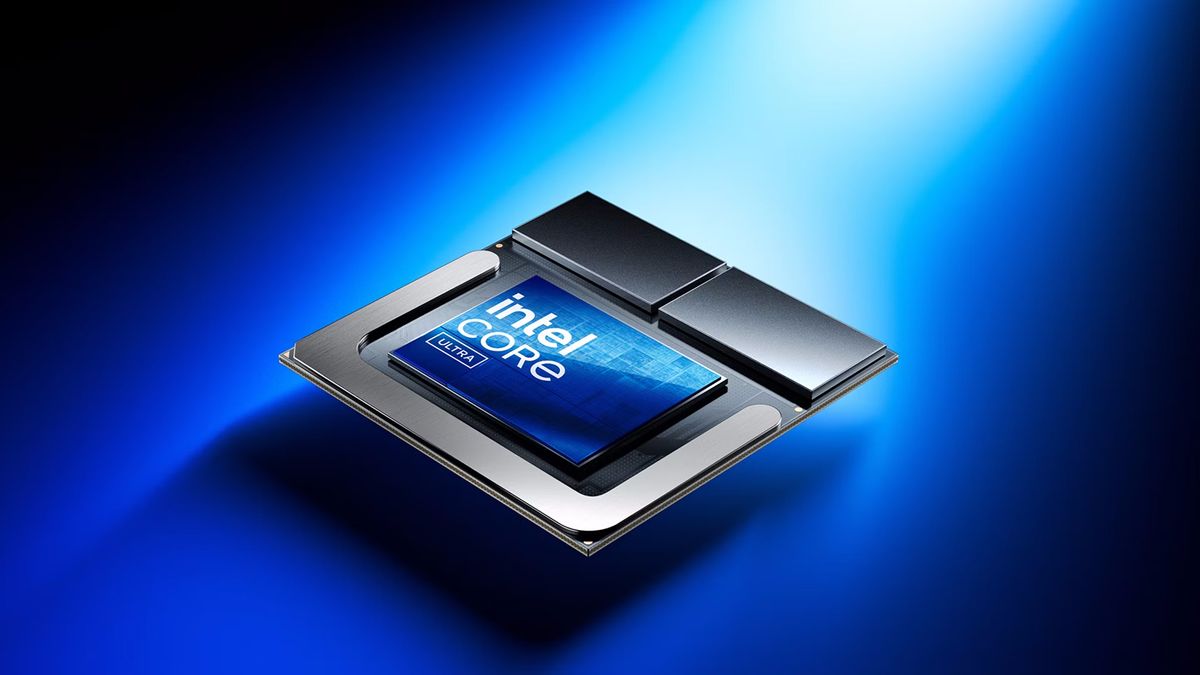
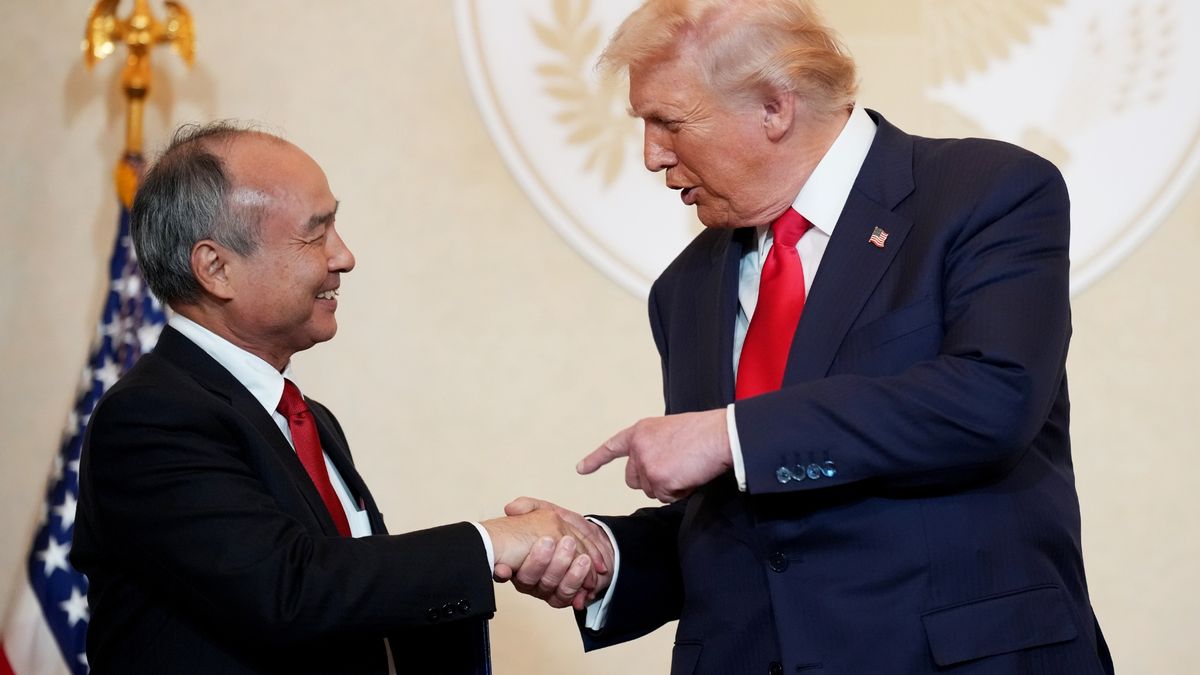
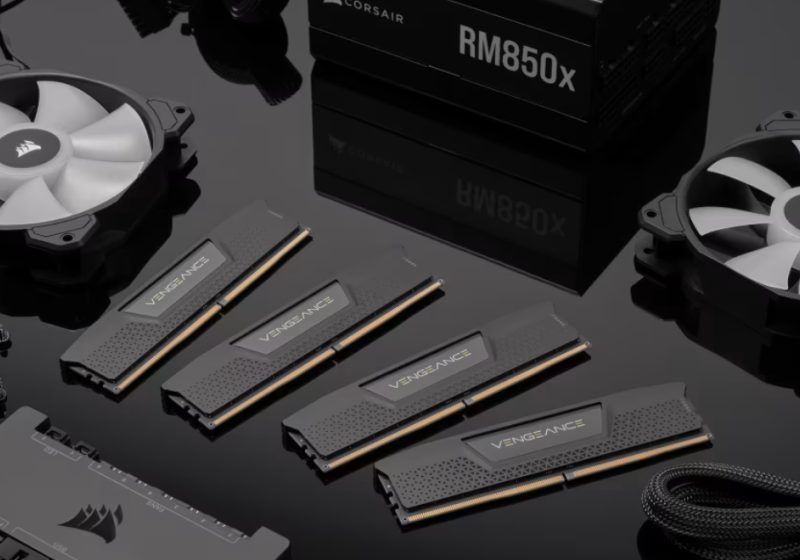

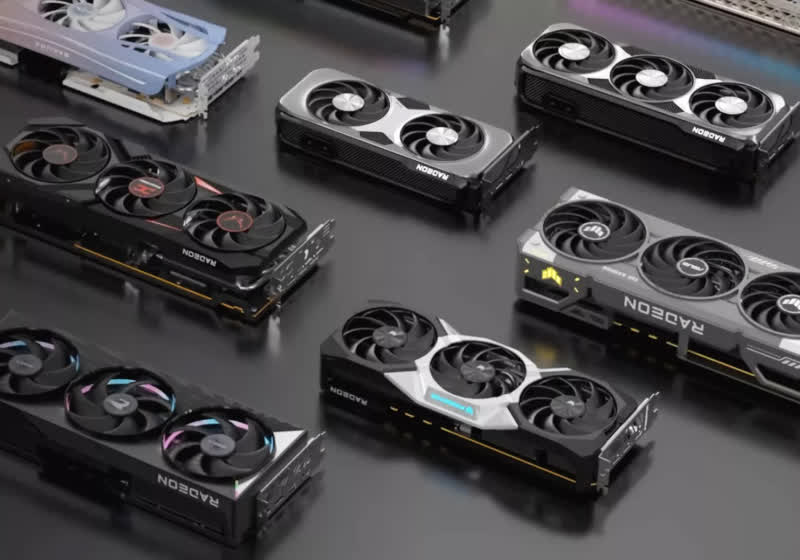
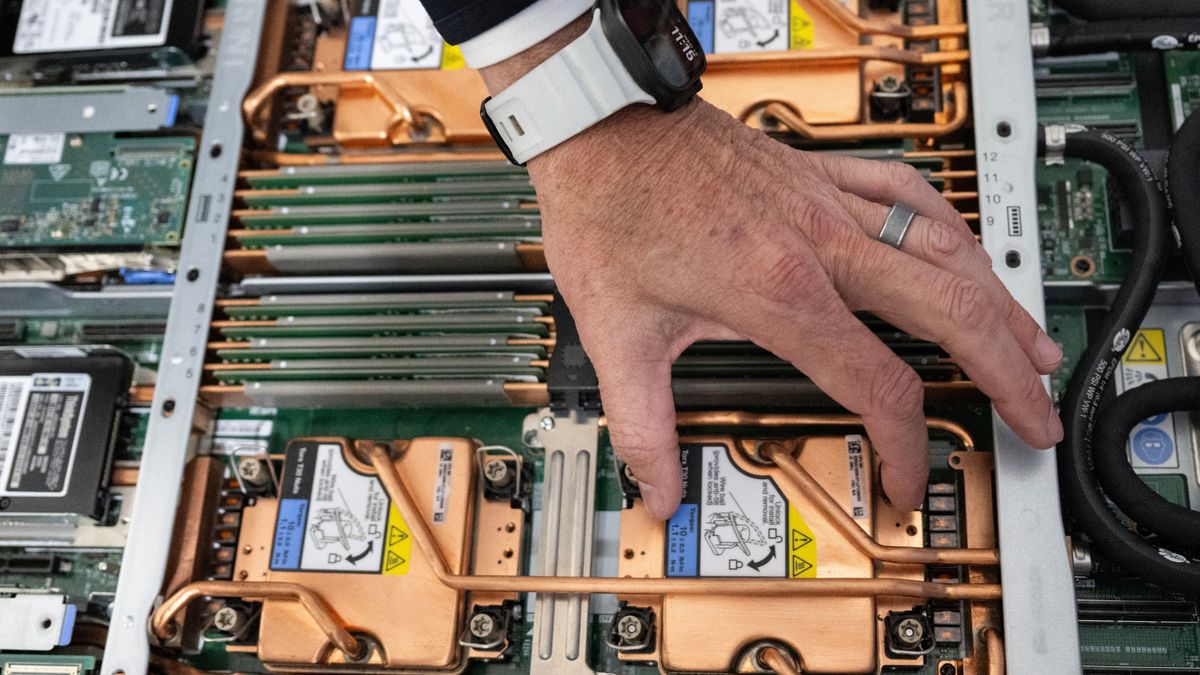

 English (US) ·
English (US) ·